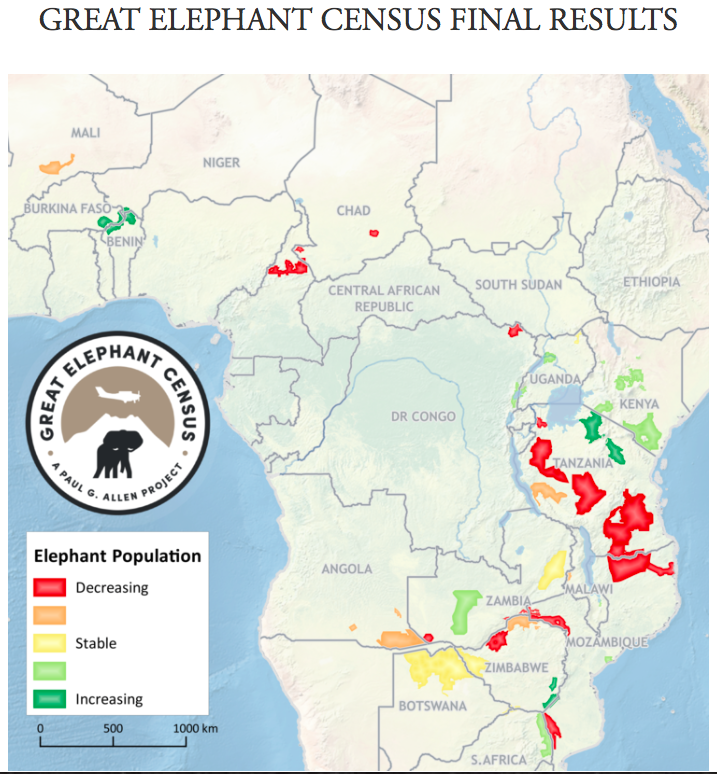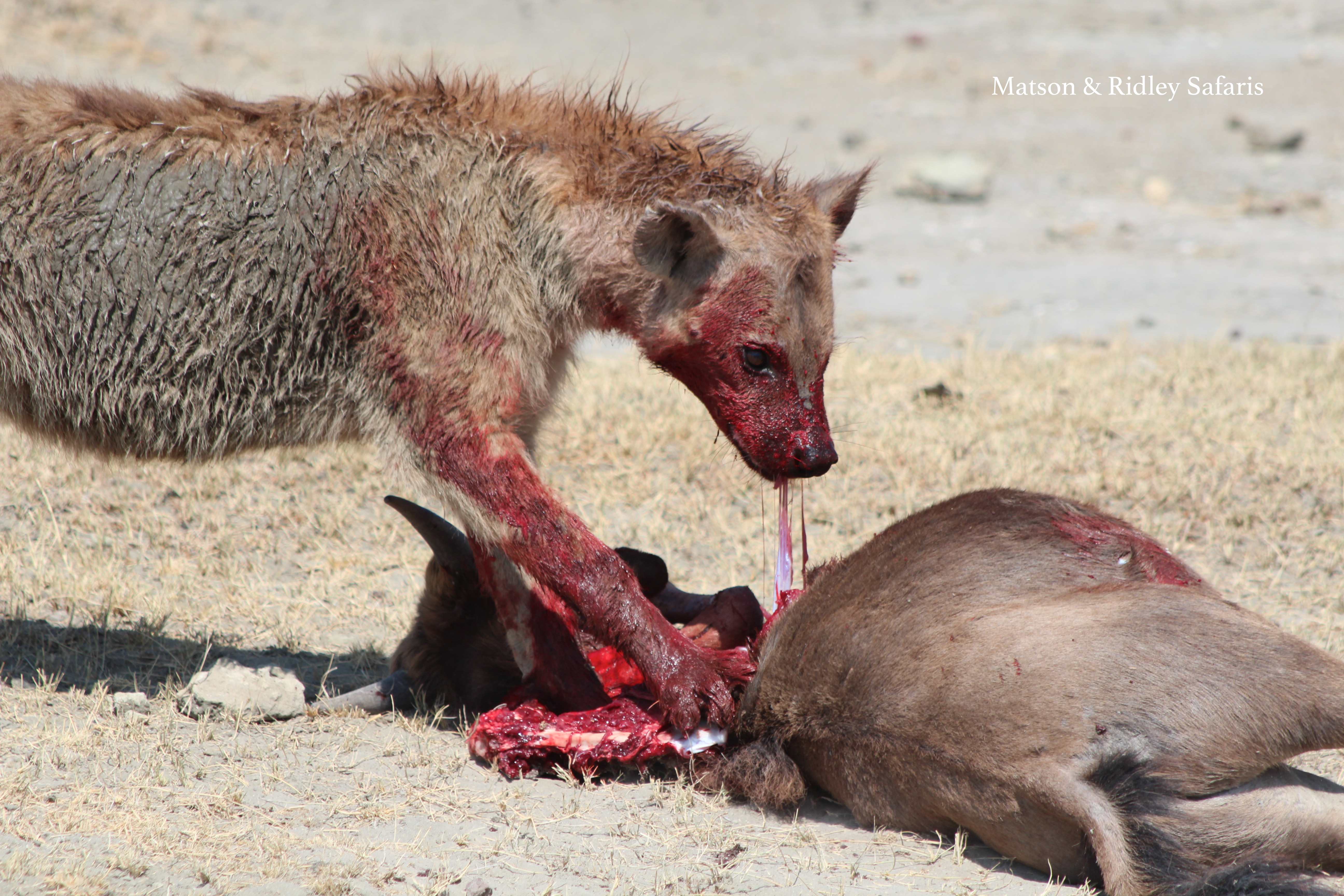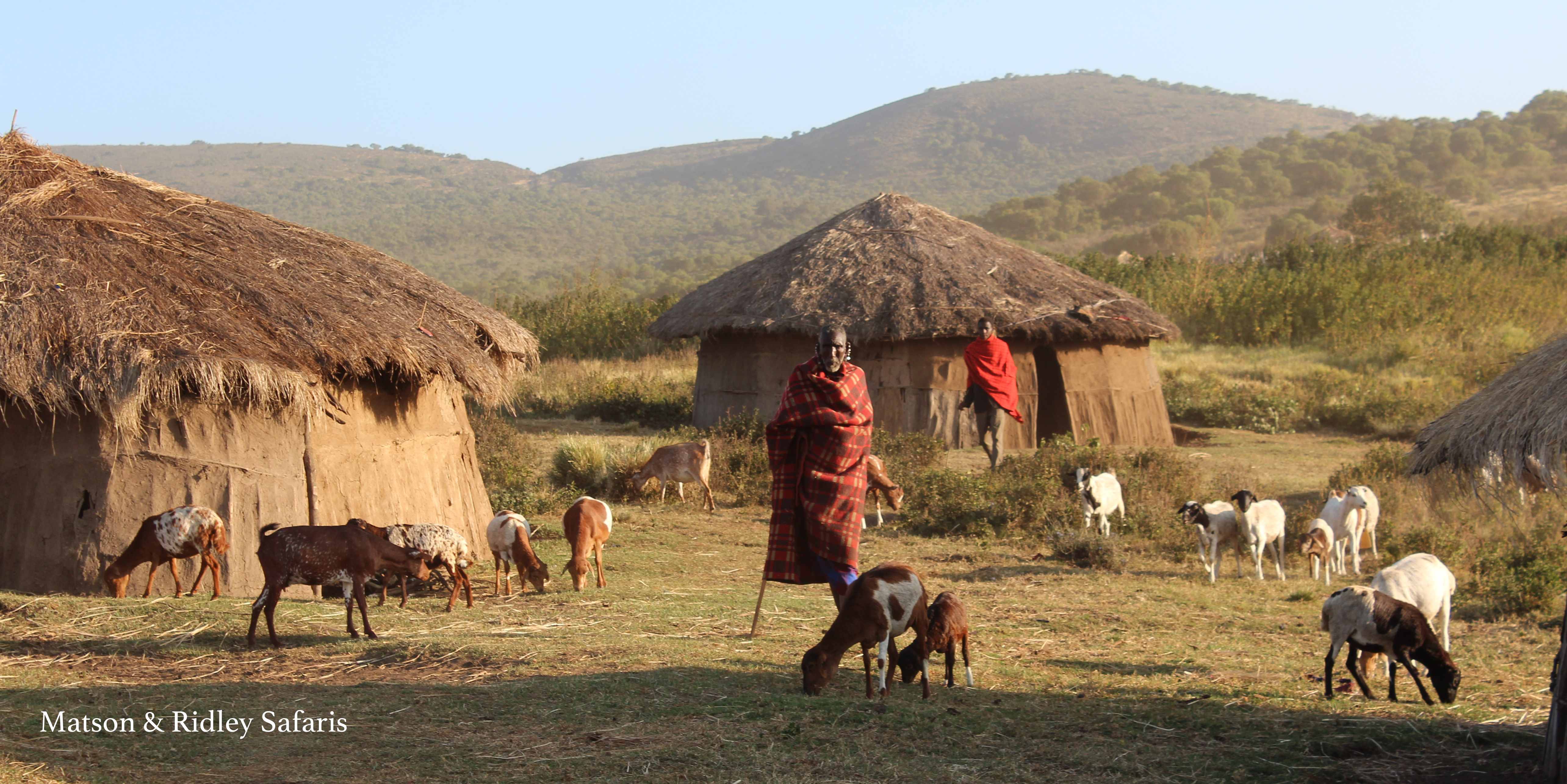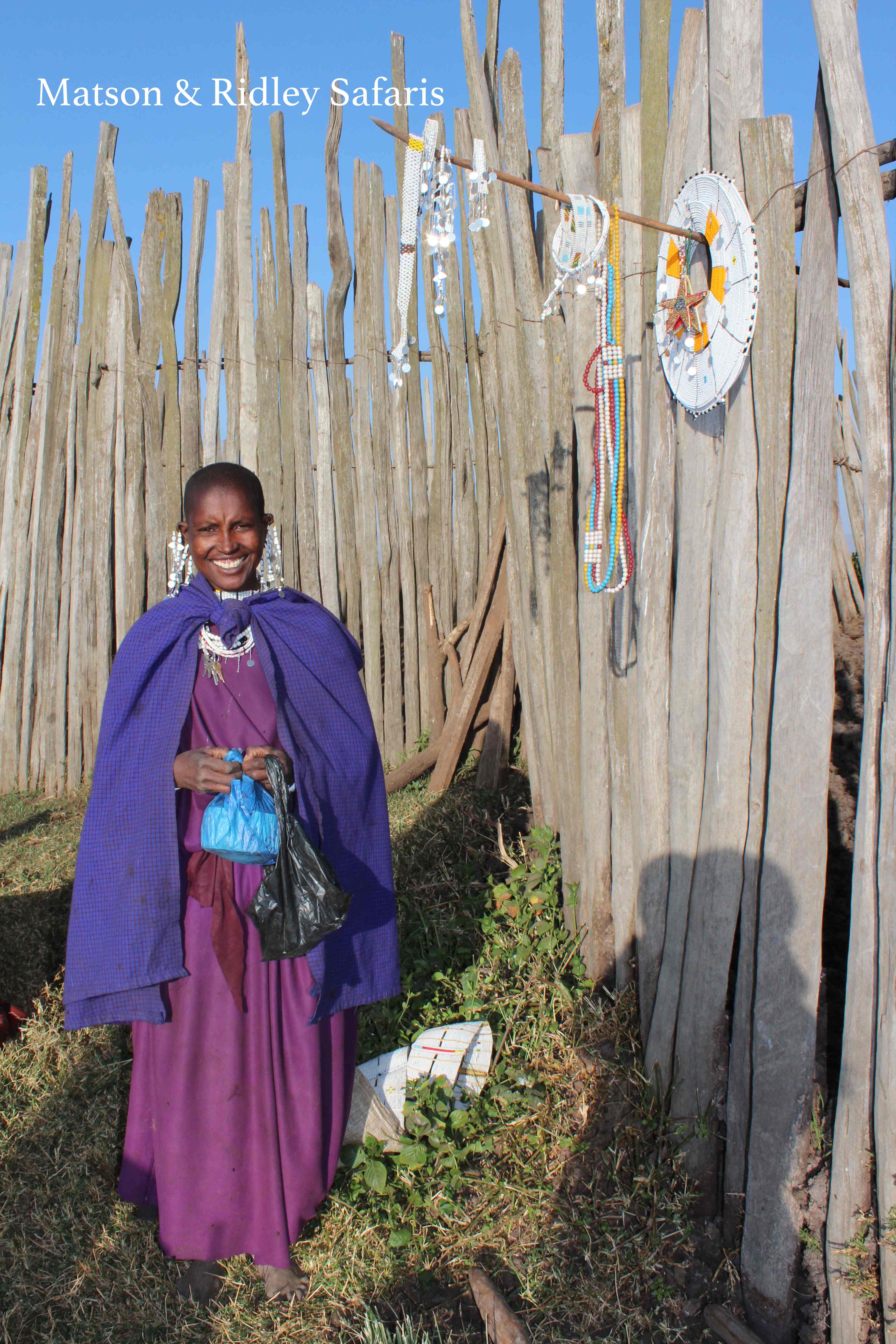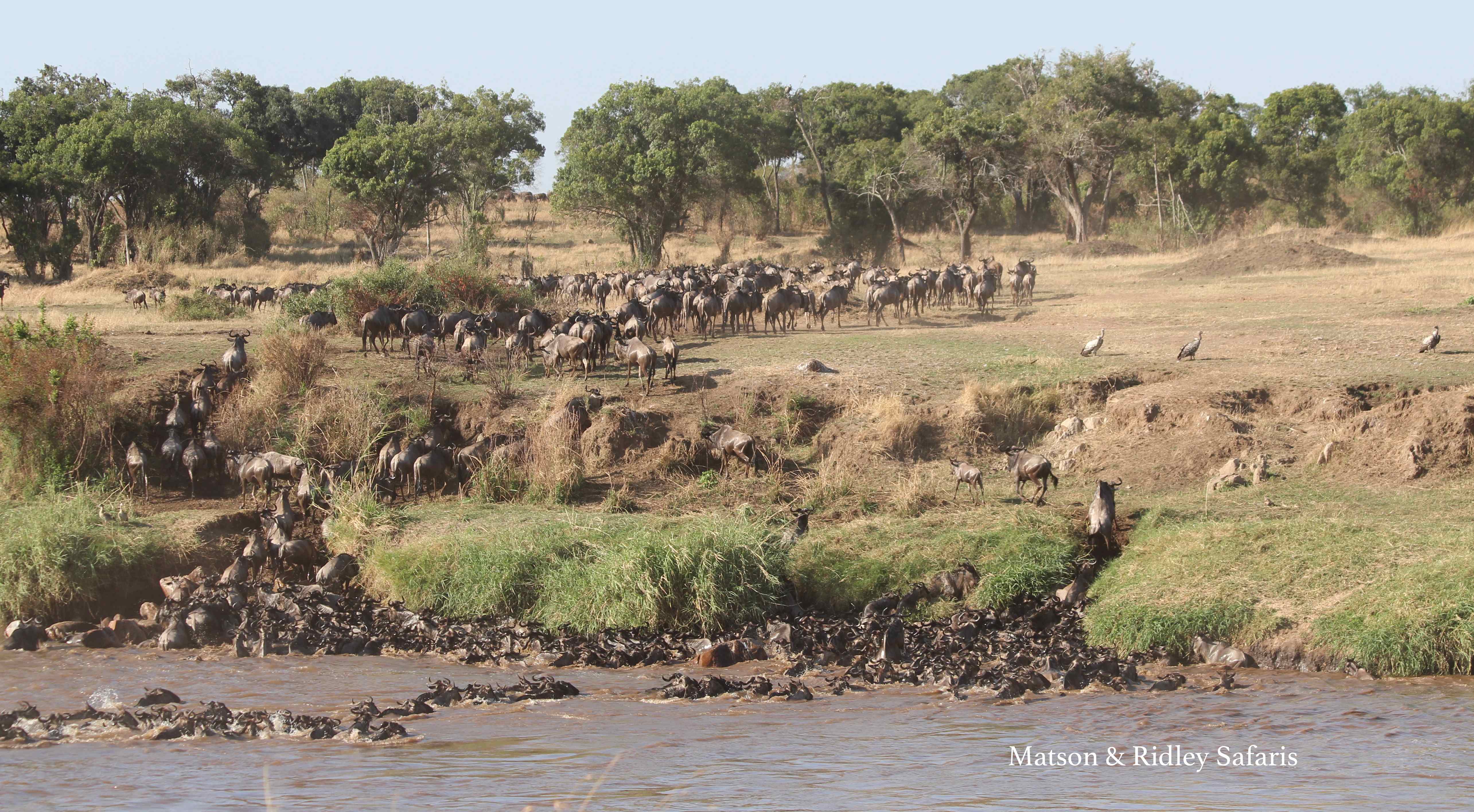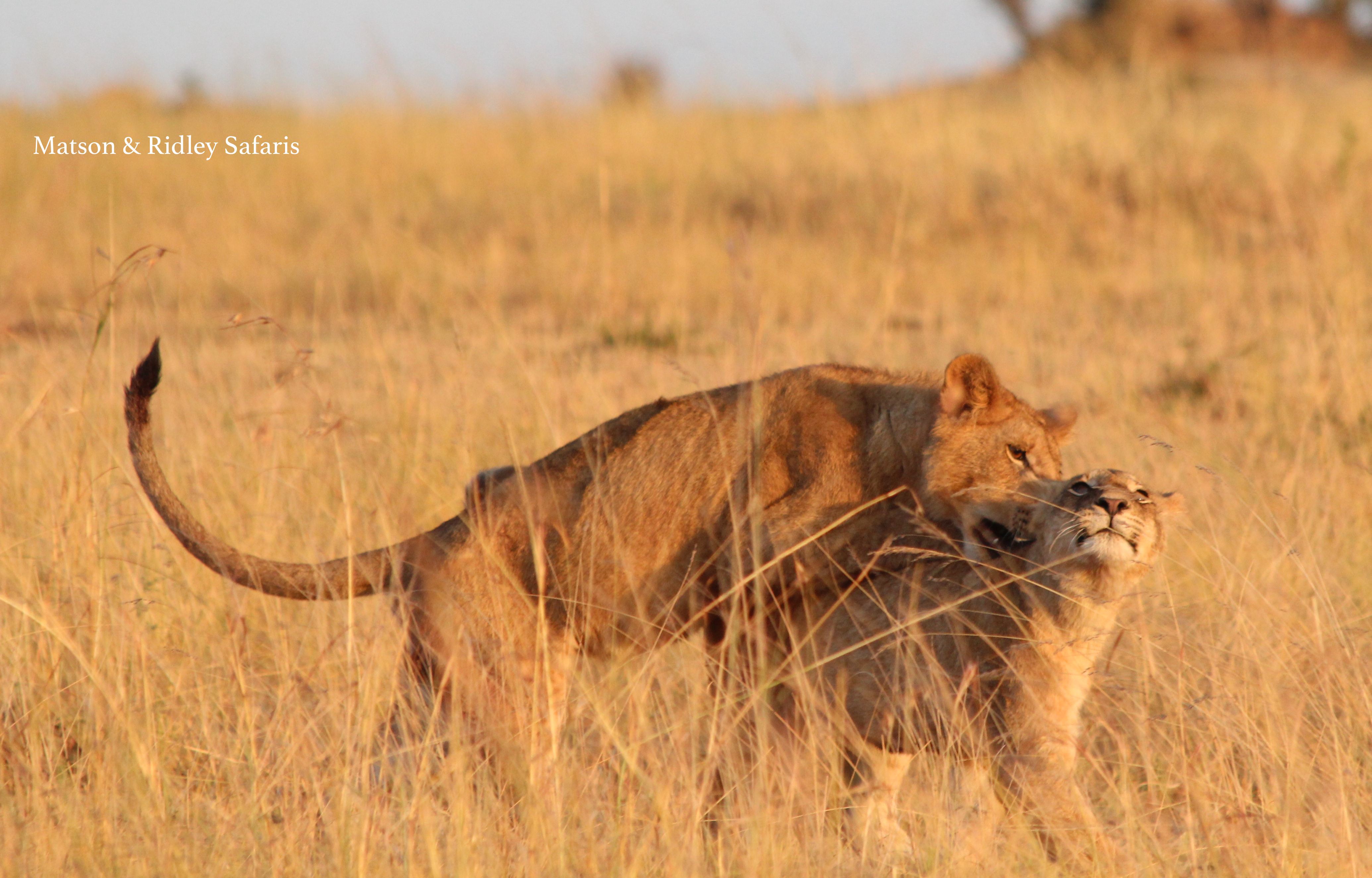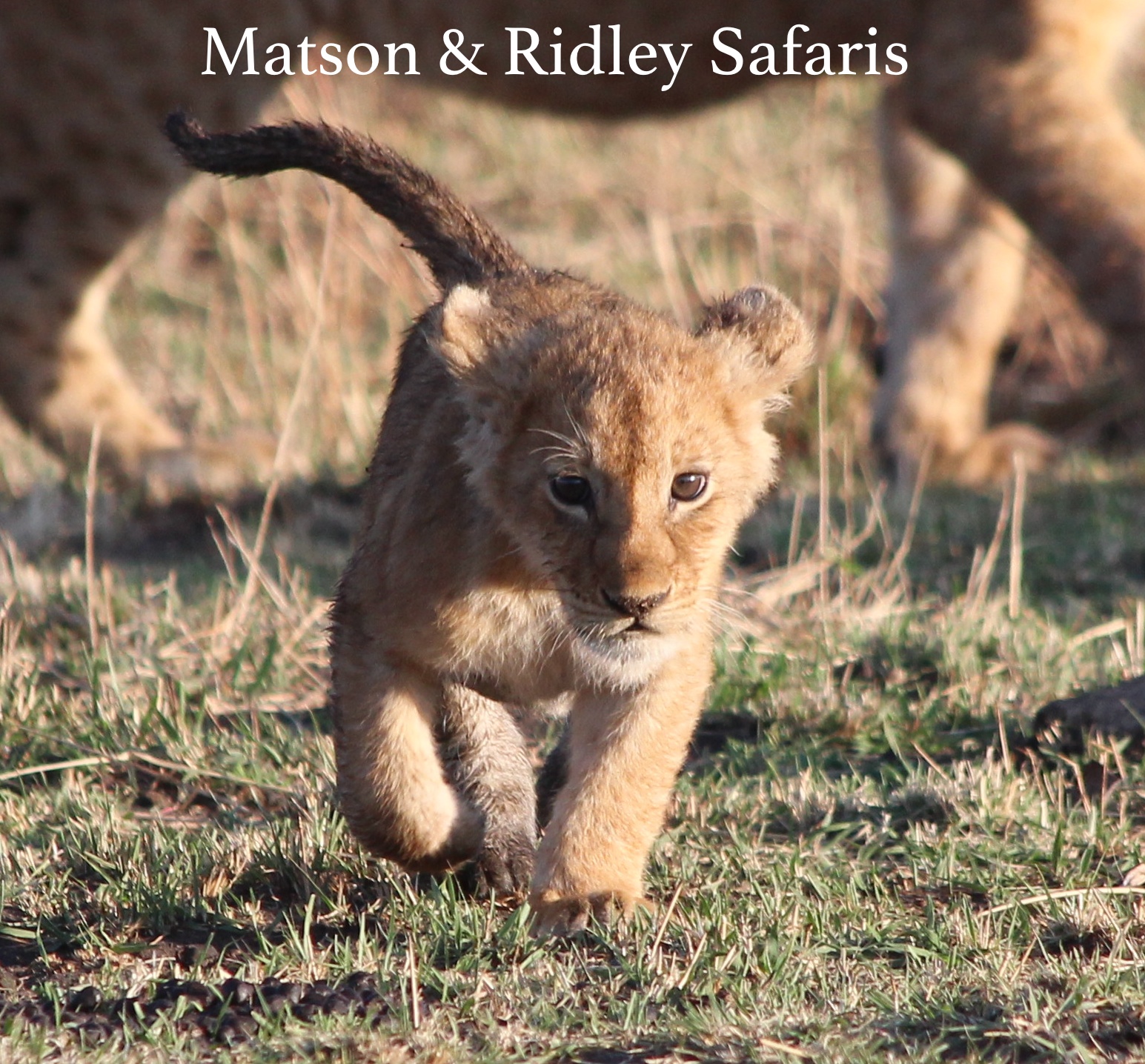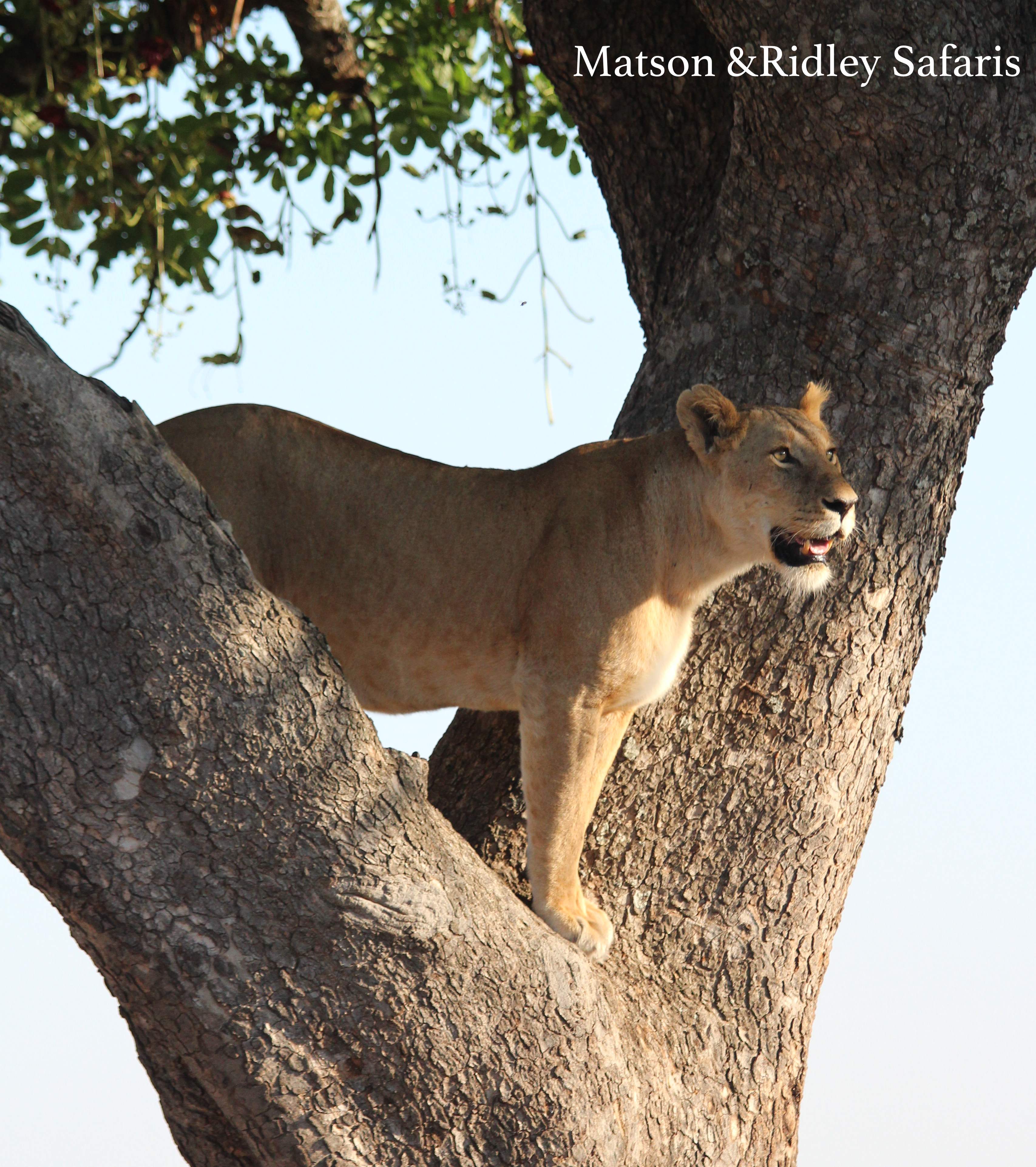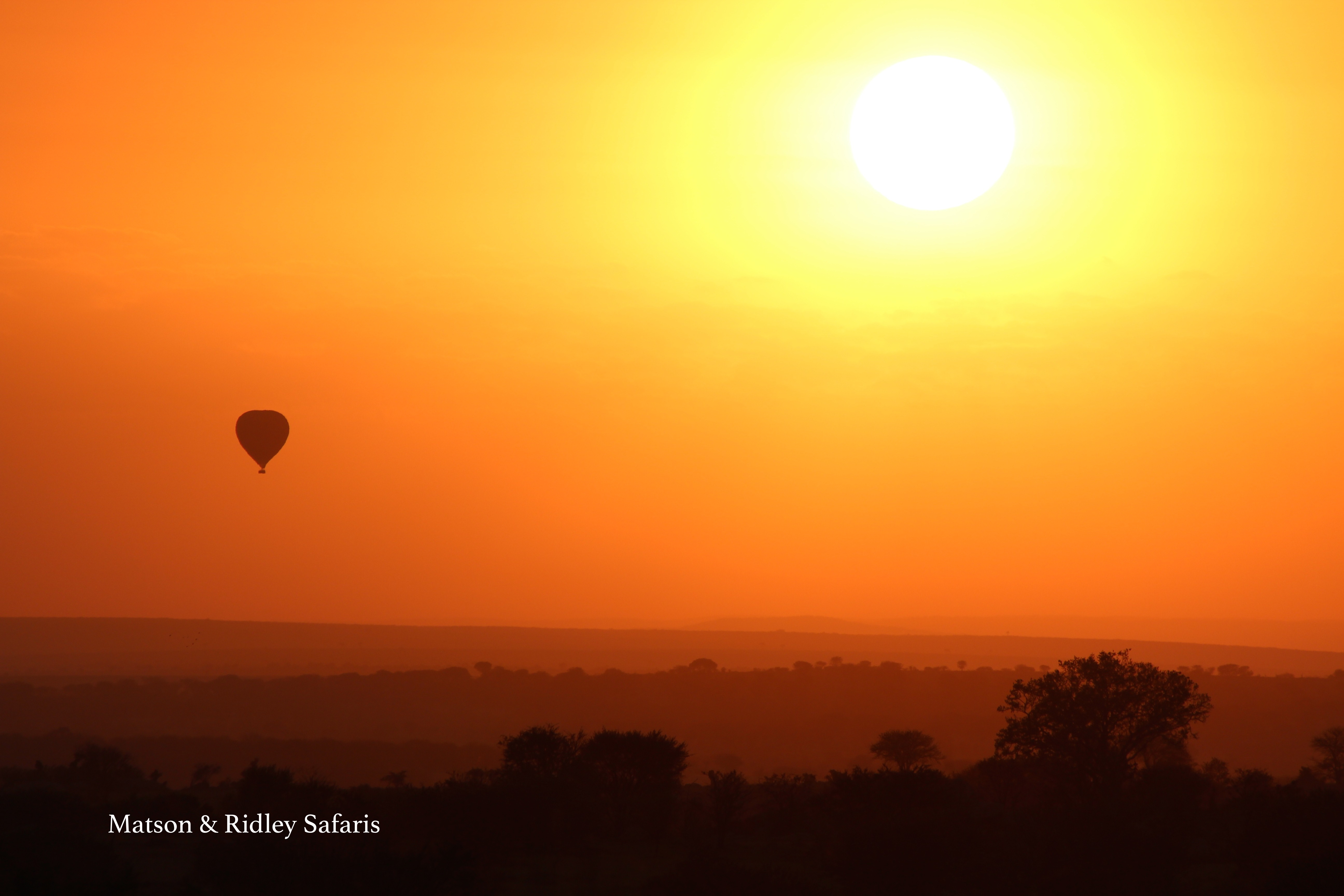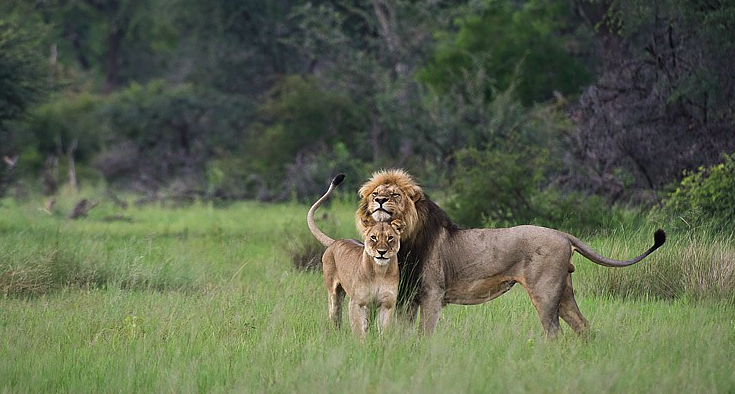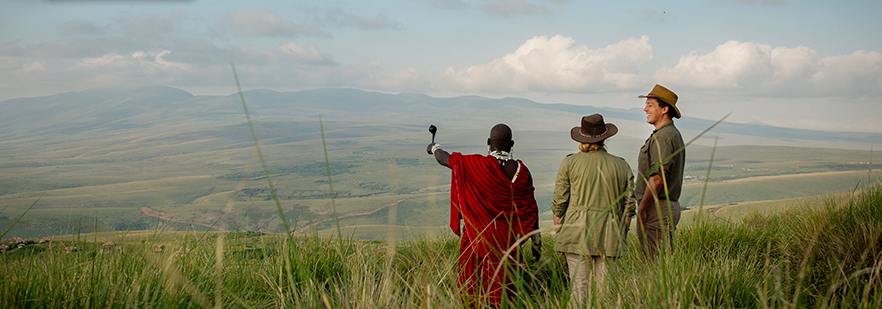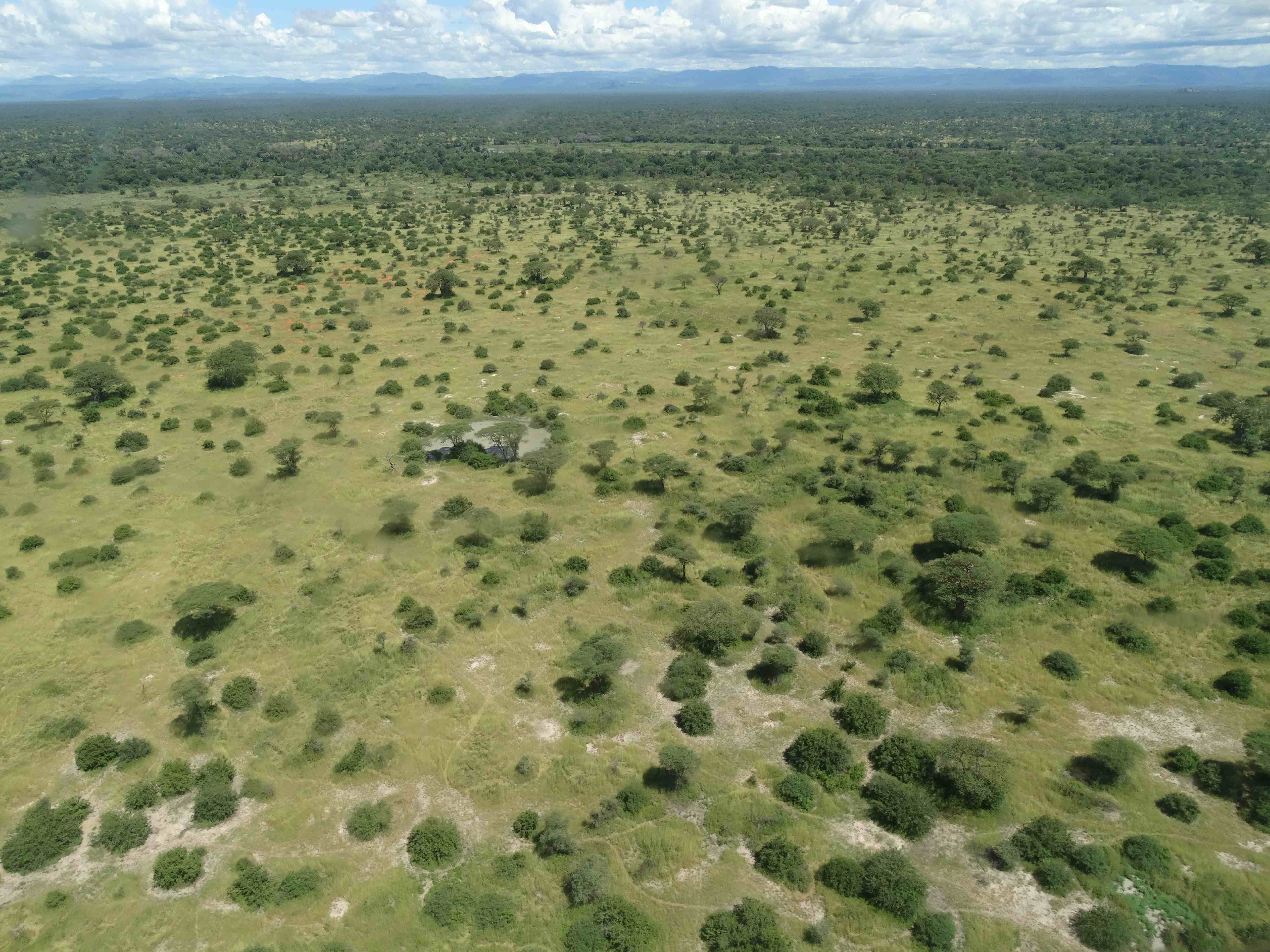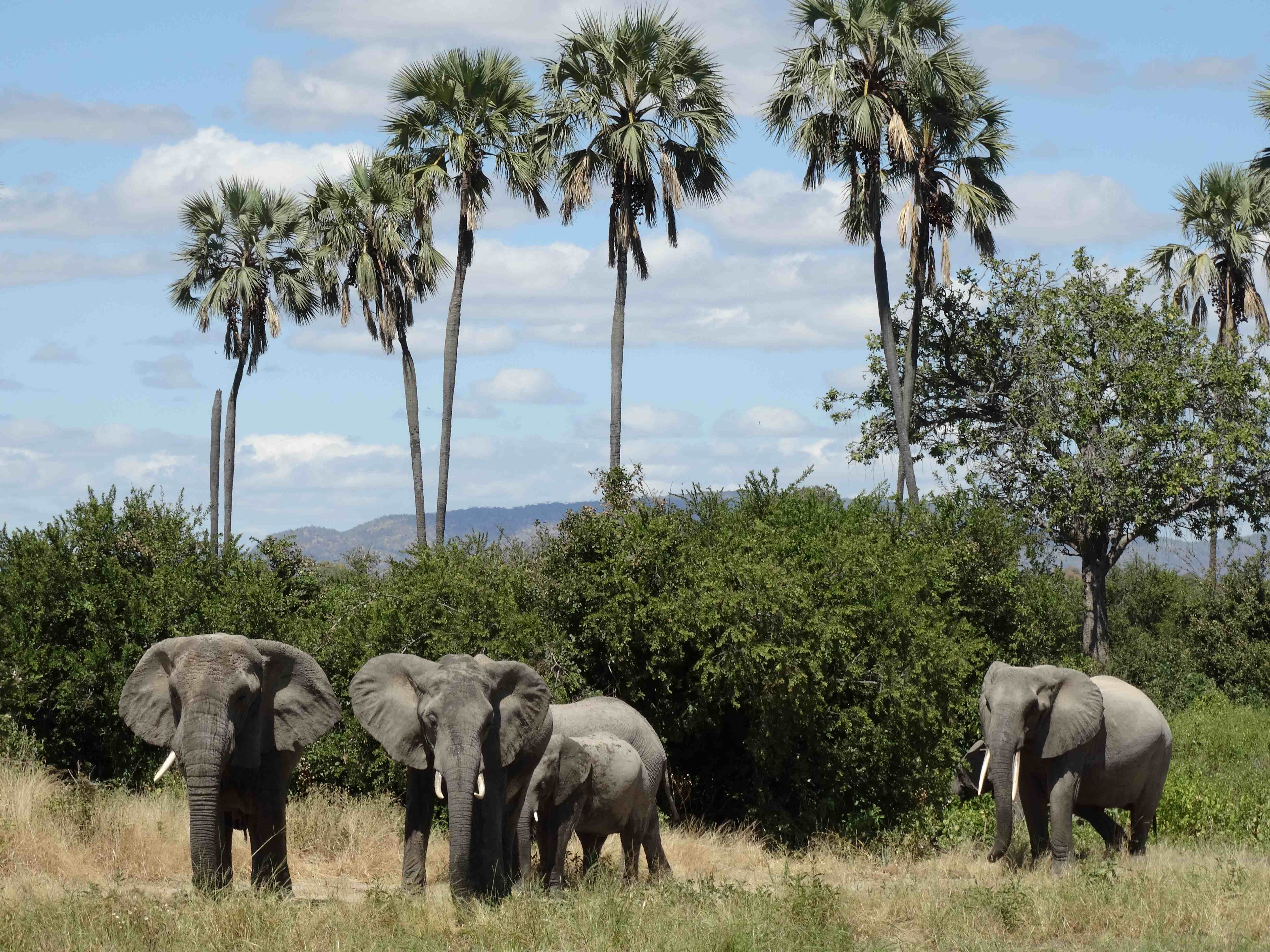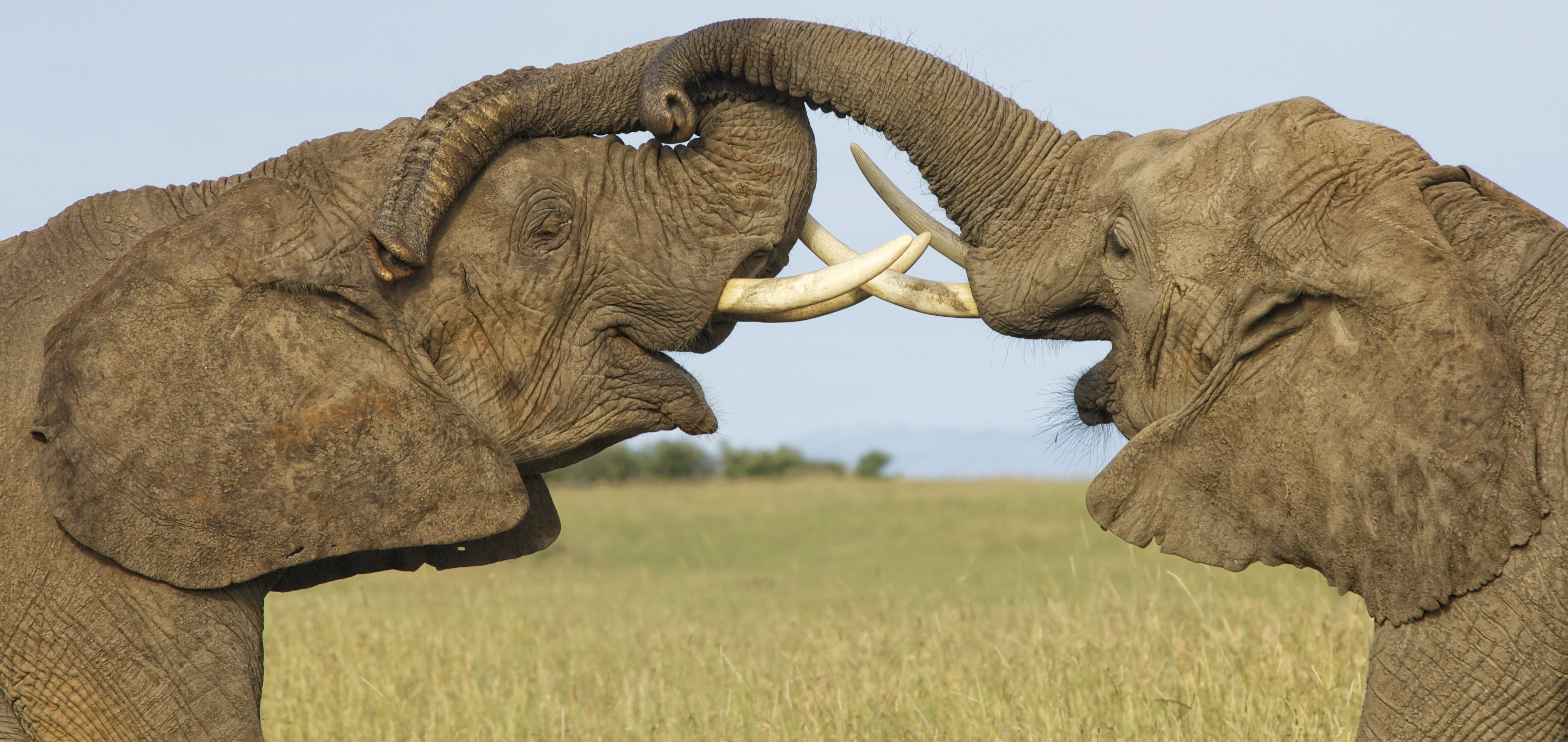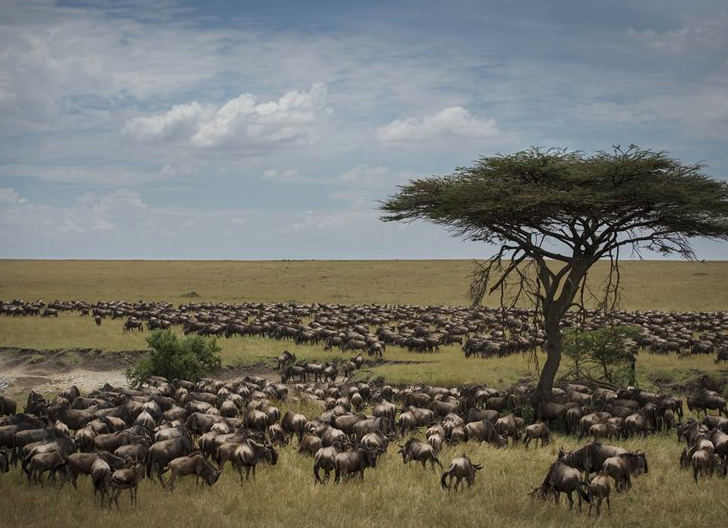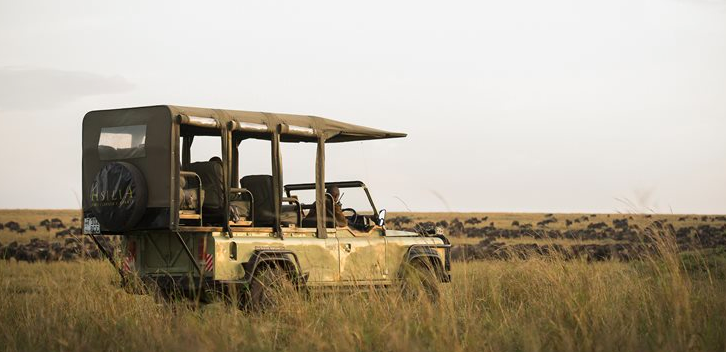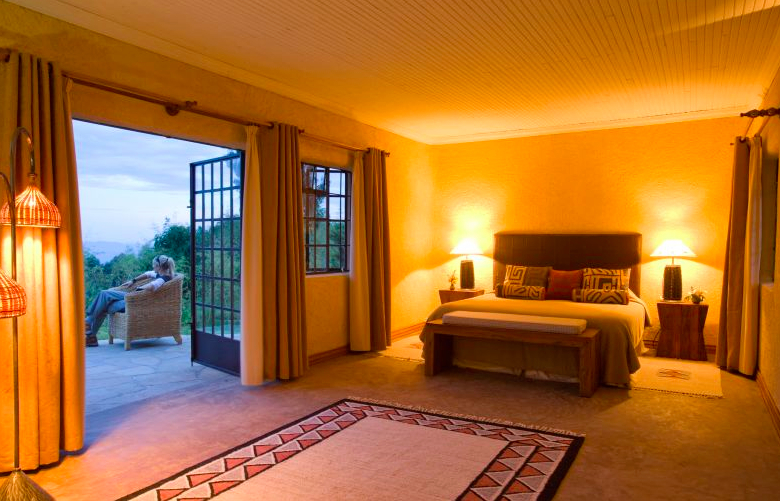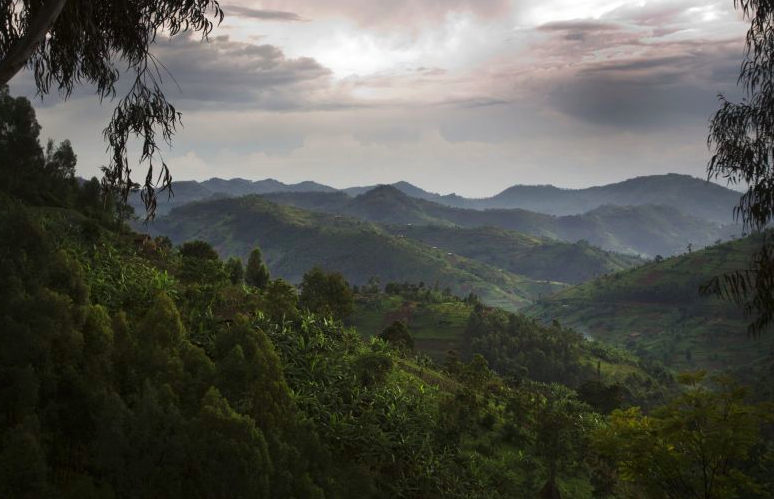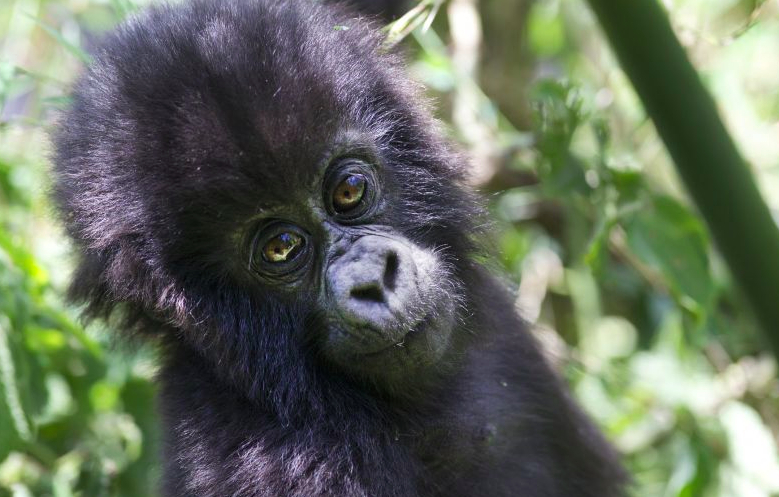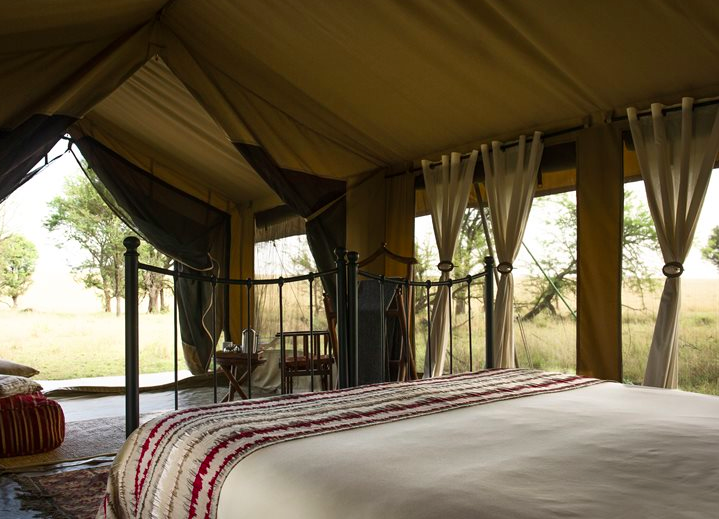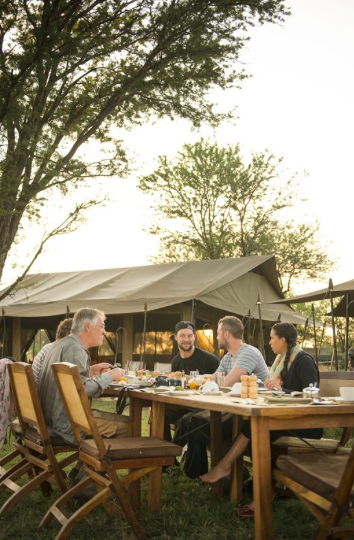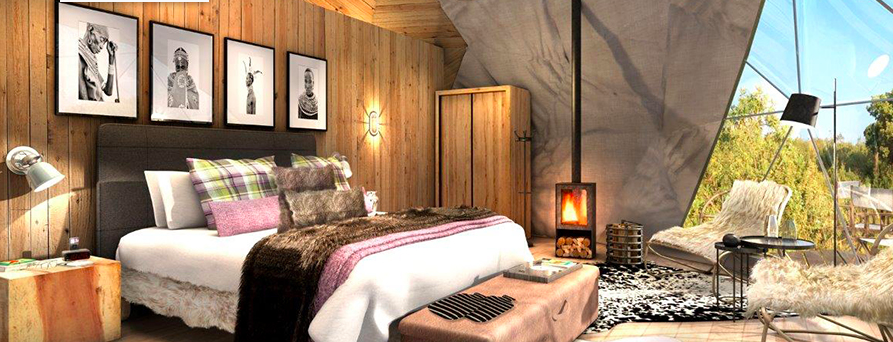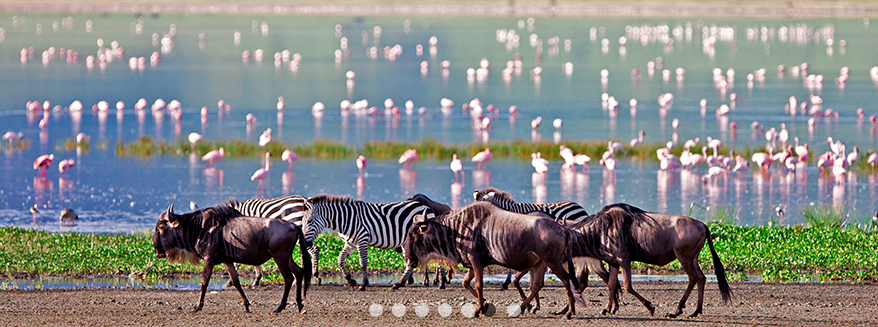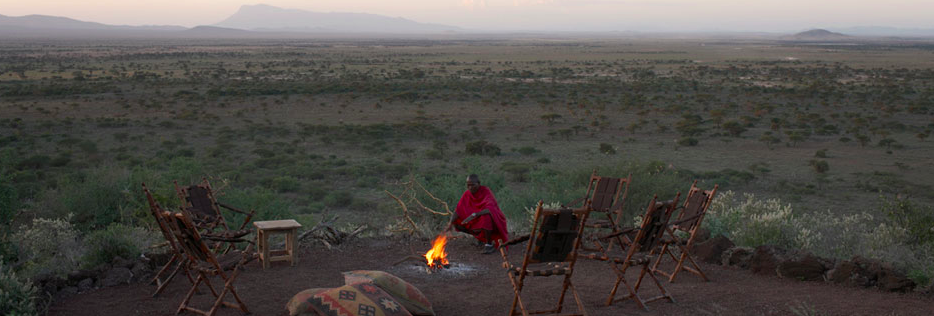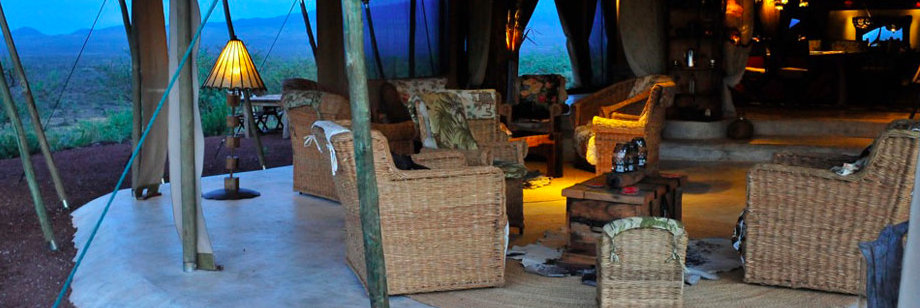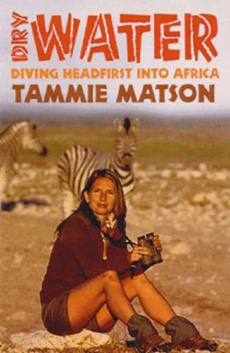Great Elephant Census Shows Massive Decline
It’s been 40 years since the last pan-African elephant census and so we conservationists have been playing a bit of a guessing game as to how Africa’s giants are really faring in terms of hard numbers. Just how bad were the declines and where are the problems greatest? That things were not looking good in the last ten years or so has been known for some time based on what information we do have from local censuses, but the great thing about the very ambitious Great Elephant Census project, led by elephant expert Dr Mike Chase and funded by Microsoft philanthropist Paul Allen, is that it’s given us a really comprehensive picture of what’s happening to African savannah elephants for the first time.
Read the full report here if you like. I’ve tried to summarise the main points below.
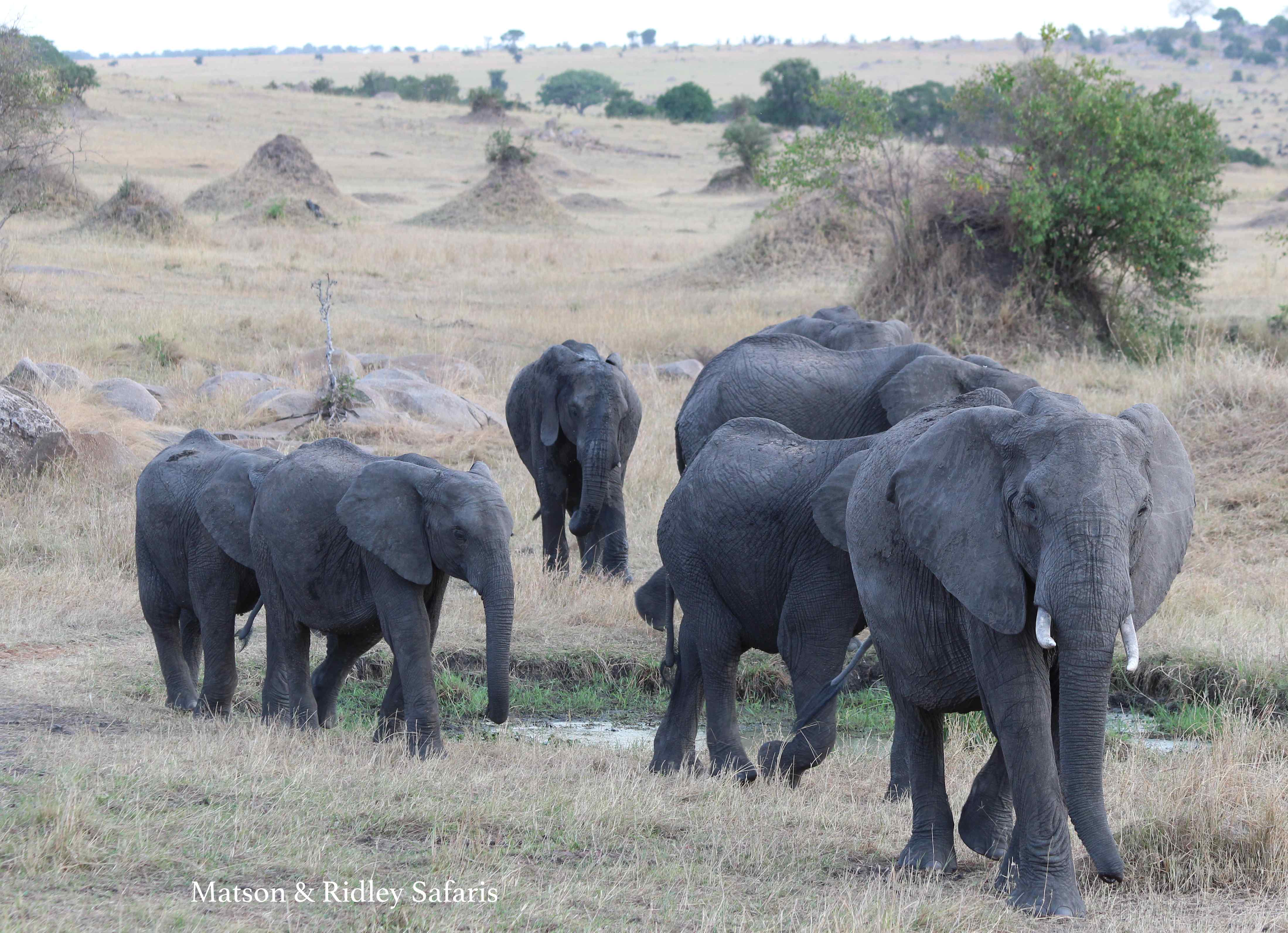
The elephant population of Tanzania has been hard hit by poaching, losing 60% in the last 5 years, but the population in Serengeti is doing better than parks elsewhere in the country which has declining populations.
The news is not good, even if not unexpected. African savannah elephant populations have declined by 30% between 2007 and 2014, equal to almost 145,000 elephants. A total of 352, 271 elephants were counted in the 18 countries surveyed, representing 93% of elephant range. This means that, when you factor in Namibia’s roughly 20,000 elephants that were not included, and consider the possible other 7%, there could be only around 400,000 savannah elephants left. That’s very much at the lower end of the bracket that we thought the population was. This figure doesn’t include the forest elephants of central and west Africa that are much more under threat and are still being counted. It’s much harder to get a hold on numbers in countries like the Congo and Central African Republic which have unstable political regimes. The rate of decline shown by the census is 8%, which is a very big worry and certainly unsustainable, given that the natural growth rate of elephants is about 5%.
I’m amazed that the IUCN still hasn’t listed forest elephants as a separate species to the savannah elephants of Africa, many years after the DNA studies showed this to be the case. These conservation cogs are turning far too slowly as separating the species would afford forest elephants better protection if they were officially recognised as Endangered. At the moment they are still lumped in with savannah elephants, classified as Vulnerable by the IUCN. A new study has just revealed that forest elephants breed more slowly than savannah elephants, with females starting to breed at the age of 23, compared to savannah elephant females at age 12-13. Forest elephant females have a calf an average of every 5-6 years, compared to every 3-4 years for savannah elephants. And the forest species are in some of the hardest hit poaching areas in central and western Africa. Surely it’s time to put some pressure on before these unique elephants are gone.
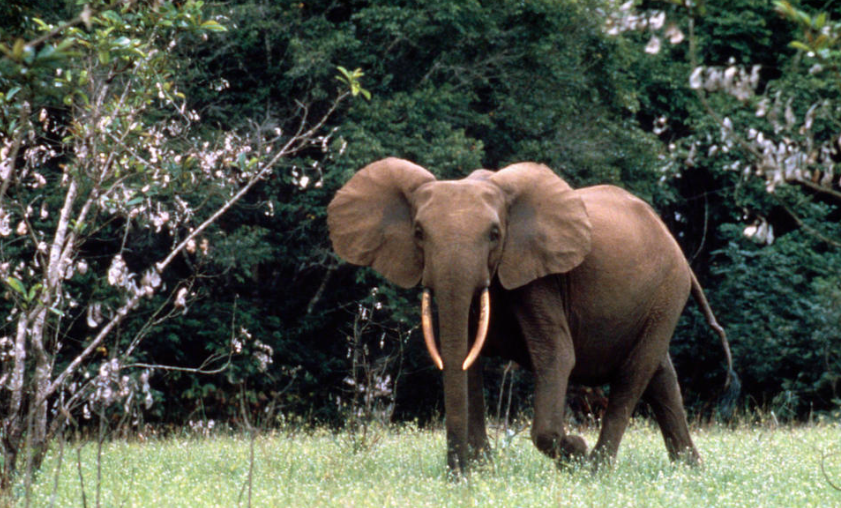
Forest elephants have yet to be recognised by the IUCN as a separate species, even though DNA studies show this to be the case. Photo: WWF
So what countries have been hardest hit and which ones are doing okay? The map below gives a fair idea. In red are the places were elephants are seriously declining and in green is where they are increasing.
This census has highlighted some areas that we didn’t know were under such serious threat, like the south-western corner of Zambia, where elephants have been almost obliterated right under our noses (95% according to the study), and right next to the prime tourism area of the Okavango Delta in Botswana. These elephants and those in the Congo and and northern Cameroon face imminent extinction. Absolutely shocking. The limited human activity (both tourists and researchers) in the Sioma Ngwezi National Park in south-west Zambia probably has a lot to do with the massive decline there. Central and west Africa remain major hot spots for poaching and haven’t been fully covered by the census to date (that information is still to come).
As for Tanzania, the Serengeti elephants are doing okay, but across the rest of the country elephants are in serious decline. Tanzania and Mozambique remain major hotspots for poaching, having both lost about half of their elephants to poachers in 5 years up to 2015. The census also revealed that poaching in Angola is very severe, a terrible shame as it was hoped that this country would provide a refuge for elephants coming across the border from neighbouring countries with large elephant populations as part of the KAZA Transfrontier Conservation Area.
In good news for elephants, look at the green areas where elephant populations are increasing, including Kafue National Park in Zambia, Kruger National Park in South Africa, Save Valley Conservancy and Gonarezhou NP in Zimbabwe, and parks in Uganda and Kenya. Increases were documented in populations of elephants in the conservation area spanning the west African countries of Benin, Niger and Burkina Faso as well, which is encouraging. Botswana still has the vast majority of elephants in Africa, with a stable population of about 130,000 elephants, followed by Zimbabwe with about 80,000 elephants.
So where does this leave elephants? Well the data is powerful and now it must lead to action to ensure populations that are stable or increasing continue to be built up, and those under major threat are protected as a matter of global urgency. Lend your support to organisations behind this cause like African Parks and Elephants Without Borders and also those leading the fight to stop the poaching on the ground with anti-poaching teams like the Big Life Foundation. Stopping the demand for ivory remains key to ensuring that elephants have a future. Get behind organisations like WildAid, a partner of our awareness campaign Let Elephants Be Elephants in Asia. This is going to be a joint effort so get on board!
Mind-blowing Tanzania
Names like Ngorongoro and Serengeti are world famous, and recently on a journey there with 9 lovely folks from Singapore, I got the chance to see why. The northern part of Tanzania is part of the Greater Mara-Serengeti ecosystem, so if you’ve been to the Maasai Mara in Kenya, that’s just over the border from where this safari took place.
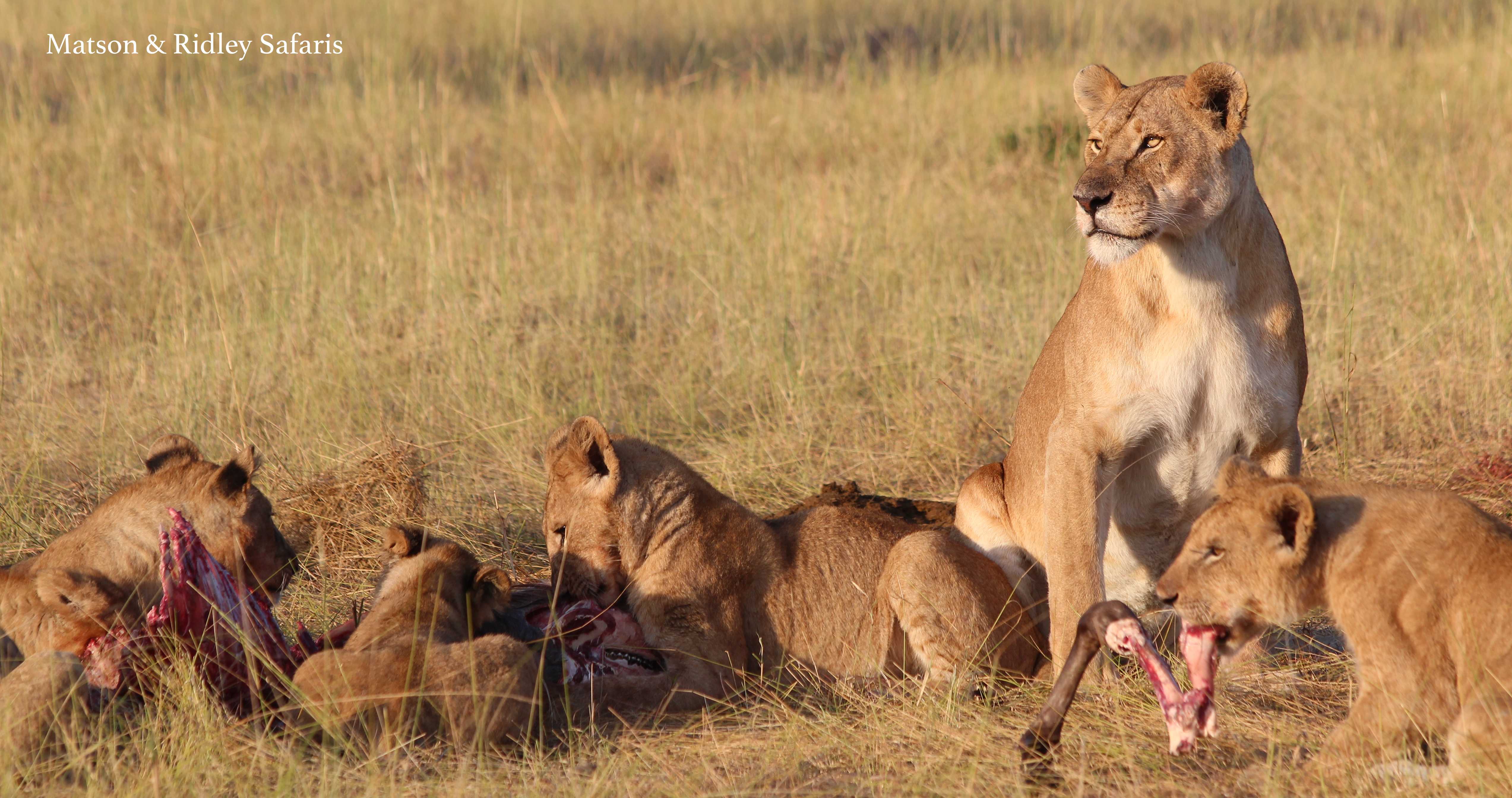
The lions in the Serengeti allow you to watch them at close range as they have been studied for many decades and are used to tourist vehicles
The Serengeti really does have to be seen to be believed. I think we did have unbelievably good luck to see a rare female black-rhino and calf in the scrub, but relatively out in the open, but when on the same afternoon, a young male leopard crawled out of his resting place up high in a tree at sunset and proceeded to walk in front of our open Land Cruiser, I just about fell out of the car. Leopards are always elusive and when you get to see one up close, it’s really something special. And this fellow was posing on a boulder like he was on Australia’s Got Talent!
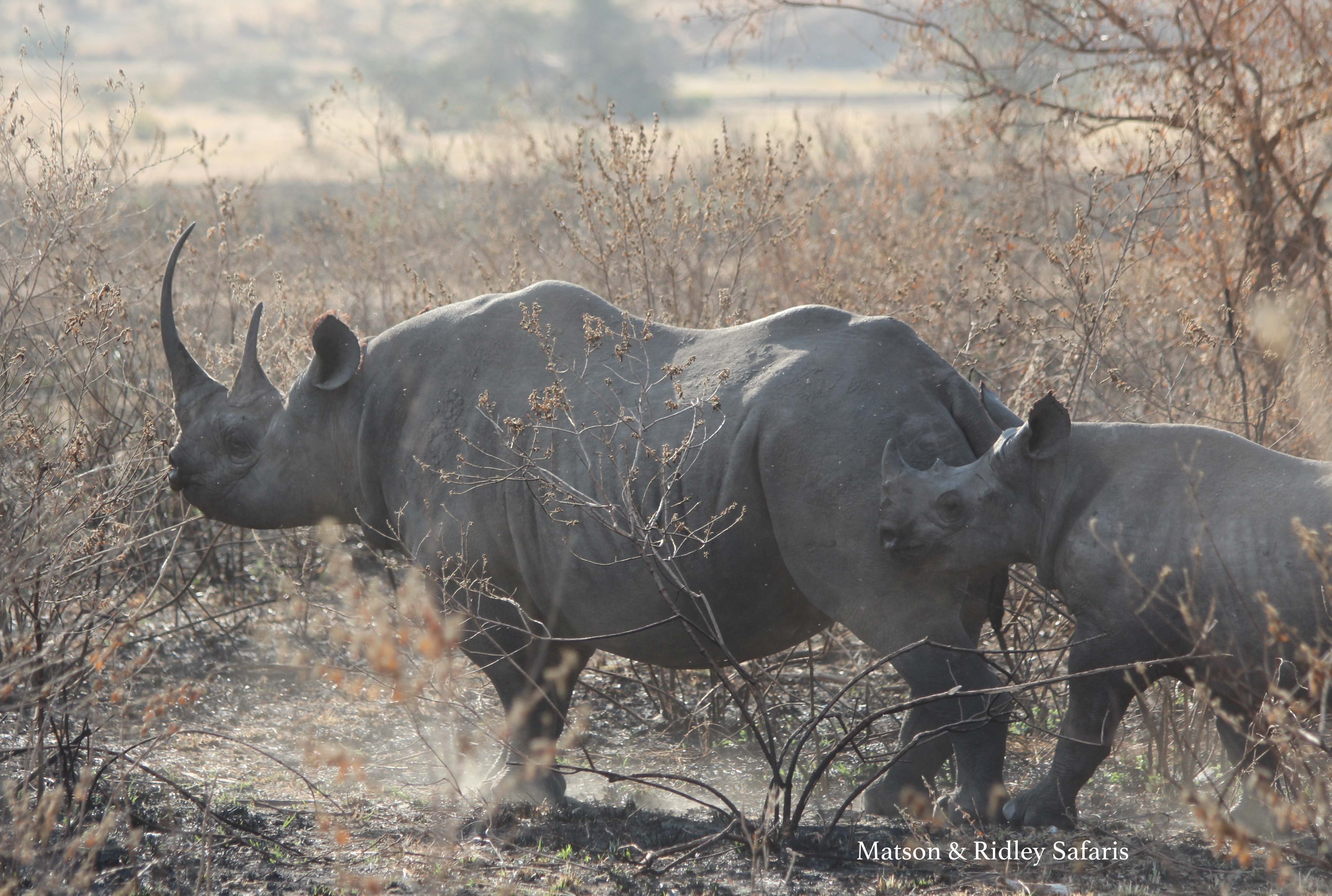
A very rare sight in the Serengeti as there are few rhinos in Tanzania – a mother black rhino and calf.
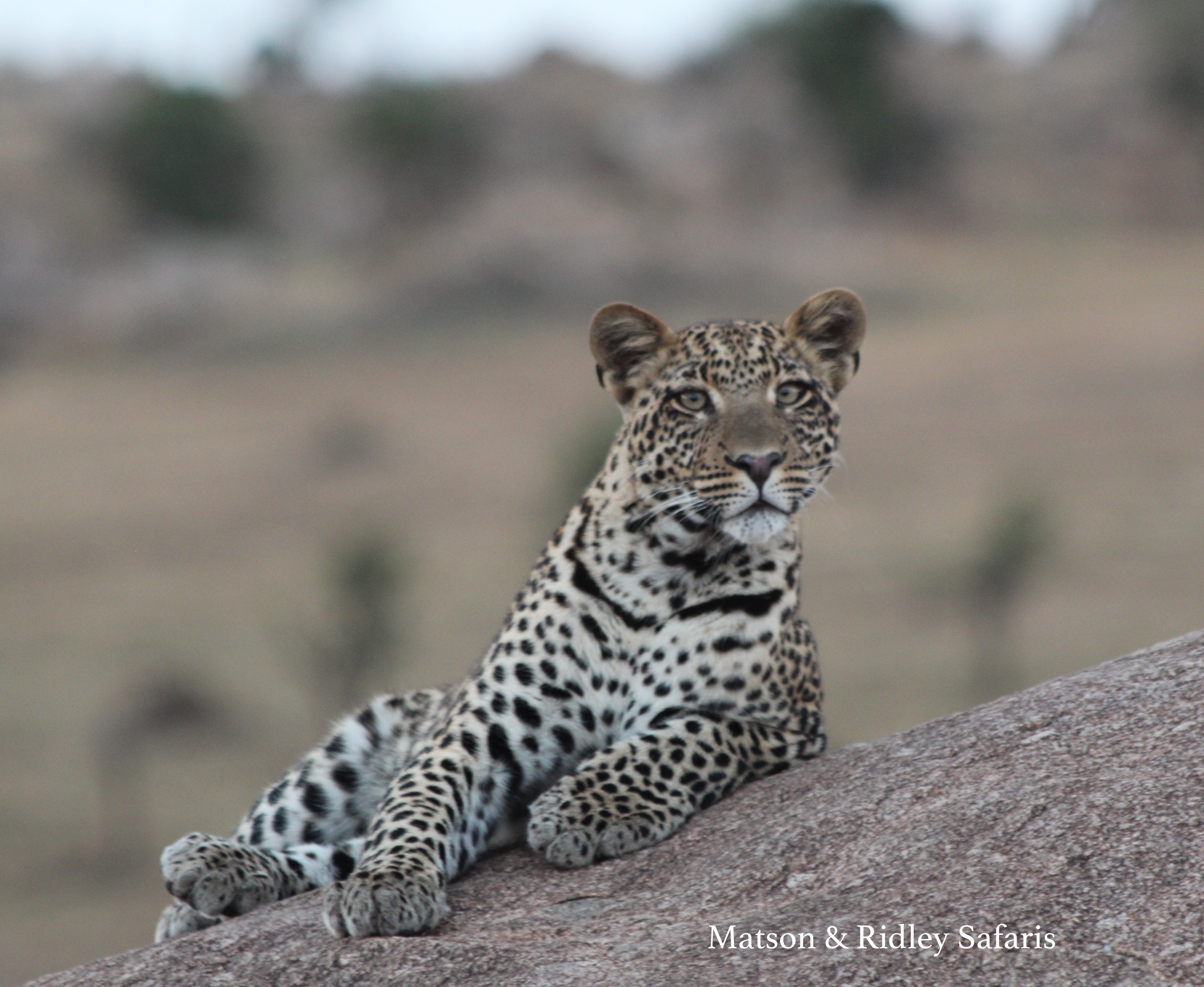
I think I’m going to have to blow this picture up and frame it…. I’ve spent so many years working in impala habitats where leopards live and rarely seen this elusive cat up close. Incredible!
But I’m jumping ahead. First we visited Ngorongoro, the famous conservation area, which is actually a huge volcanic caldera surrounded by mountains. It’s not a huge area to cross, and you can cover much of it in a day. The main feature of course is vast grasslands on which live thousands of white-bearded wildebeests and common zebras, along with both Grants and Thomsons gazelles, warthogs and Cape Buffaloes. Elephants live in the woodlands near the mountains, and move across the grasslands.
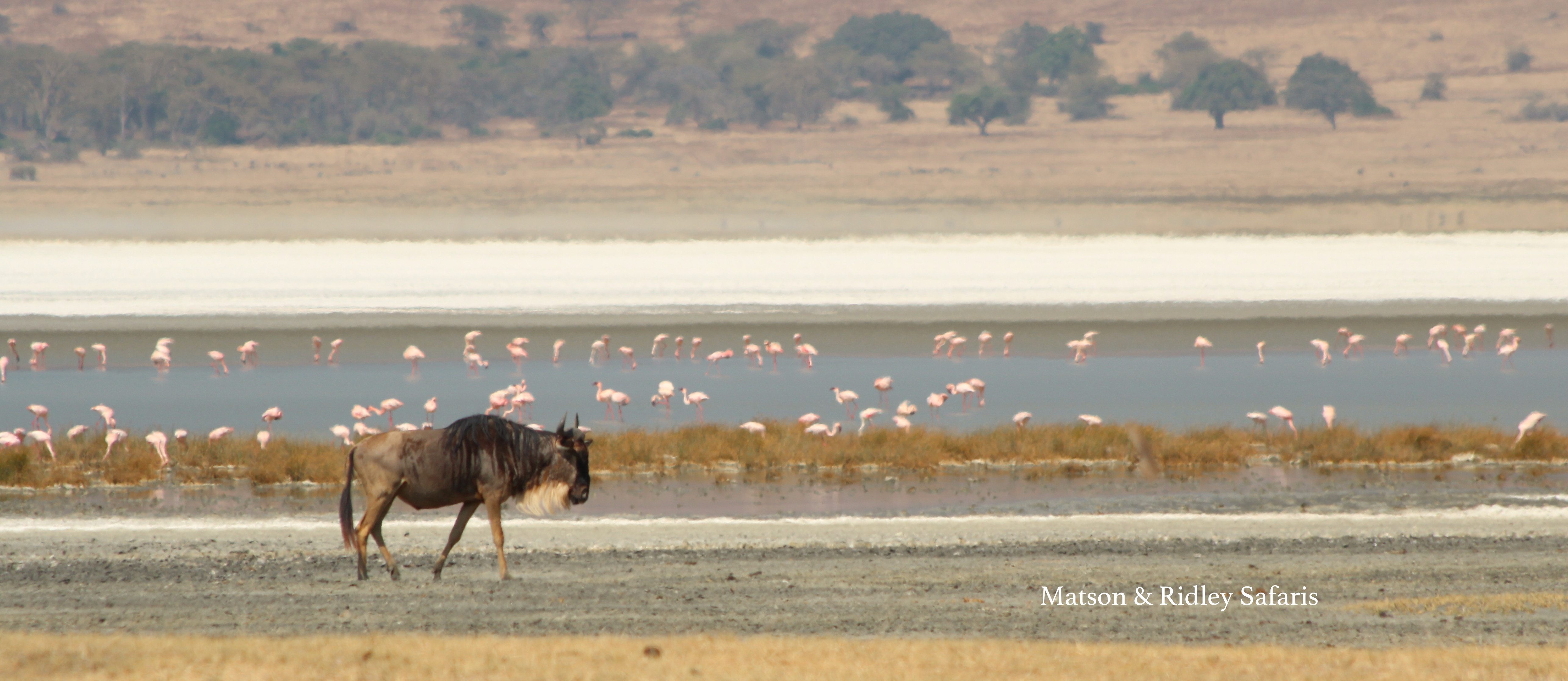
One of many many white-bearded wildebeest in the Ngorongoro Conservation Area walking past hundreds of flamingoes
Set against the backdrop of the white salt pan, which at the time of our visit contained hundreds of bright pink flamingoes, the sheer number of animals in every direction is just spectacular. This is a public park of course, so you have to expect lots of other vehicles when you find the lions mating (which we did – about 20 of them lined up to watch the very fleeting act of feline ooh-lala). But here we also saw something you don’t see very often, a spotted hyaena making a kill of a young wildebeest right in front of the vehicle!
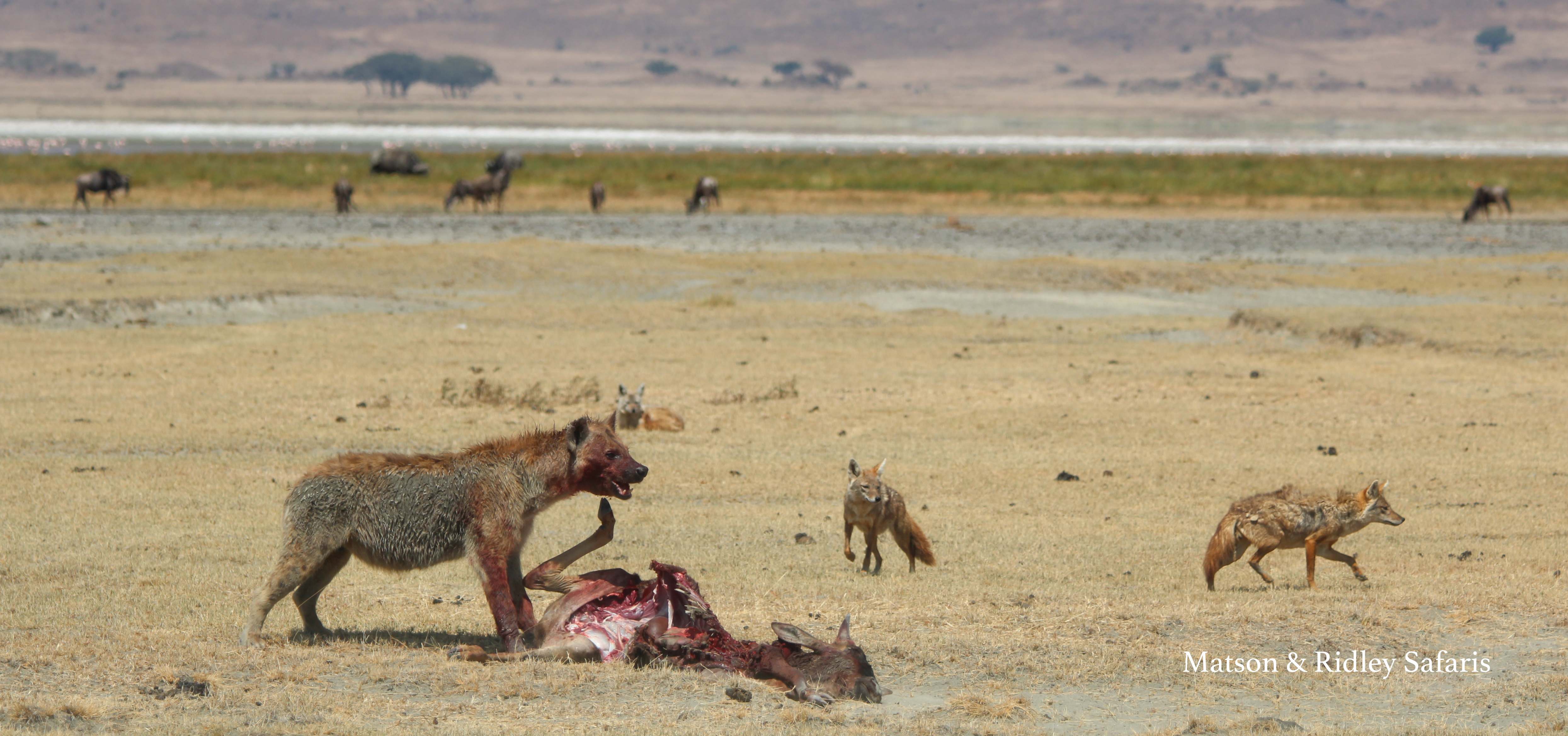
The wildebeest was almost totally devoured in 15 minutes as we watched, and 3 jackals tried to steal a morsel where they could
We stayed at the brand new Asilia Africa camp, The Highlands, which is 100% solar powered and has just been described by Forbes magazine as the coolest and most eco-friendly camp in Africa. I have to agree – it’s a beautiful camp and the rooms with their architecturally designed shapes and inside fire places are just gorgeous. The view of the surrounding mountains is spectacular. This camp is an alternative to the main lodges at Ngorongoro that offers privacy and something a little bit different, and best of all, it’s a community partnership with the local Maasai, so every night you stay gives back directly to the local people.
It’s a wonderful experience to visit the local Maasai village while you’re staying there (a truly authentic experience, away from the main tourist throngs). A warning though, it is very cold at The Highlands in winter so you really do need to bring your winter woollies! Also at 7500 feet, most people do feel some effects from the altitude (most commonly being a bit short of breath when walking).
Next it was onto the Serengeti and a 3 night stay at Asilia’s gorgeous Sayari Camp. For me and my group this was the highlight. On our first afternoon it was the rhinos and the leopard. The next day it was what we had come there to see, the Great Migration, and in particular the crossings of the wildebeest over the Mara River. We were not disappointed. The photos don’t do it justice. It was drama, tension and adrenaline. I swore out loud on more than one occasion as a young wildebeest drifted down river past the bloated corpses of dozens of wildebeest that didn’t make it, while vultures and marabou storks pierced their stinking bodies with sharp beaks. It took some time before the wildebeest decided to actually cross, as if they knew the danger involved, and more than once we watched them turn back, and then return to the river, in what seemed to me a game of follow the leader, even though it was never clear who was in charge of that decision. When they finally did cross, those who made it had to scramble up the steep bank on the other side, over the bodies of many wildebeest that had already perished or become paralysed. If the crocodiles were there, they were nowhere to be seen, clearly satiated and feeling far too full to eat another wildebeest (we all know that feeling after Christmas dinner). Everyone in my group was mesmerised and I think also a little overwhelmed by all the casualties. Everyone cheered each time a young wildebeest made it out of the river. You can’t help getting caught up in it all.
The days that followed brought more and more animals – elephants, lions in huge prides (these are the best studied lions in Africa), impalas, topi, hippos, cheetahs…. By night, the noises of animals wandering through camp made it disappointing to fall asleep – hyaenas, zebras, hippos and wildebeest sounds all rang out through the evening. By the last day of the safari, my group all said they couldn’t ask for more. One decided to sit by the pool, and let me tell you, that doesn’t happen often in a week long safari! Usually there is just one more thing you want to see…. And of course there is always more to see because Africa always surprises you, just when you think you’ve seen it all. On our last morning, a few of us who went out got to see two gorgeous little lion cubs, part of a pride of 24, and then a lioness scaled a tree, something I’ve heard about that happens in this part of the world but had never seen. Usually lions don’t climb trees, but some of the lions in Tanzania have developed this habit.
I can’t wait to go back to Tanzania again. It was simply out of this world. If you’d like to join me on my safari there next August, I have only got 2 places left. Get in touch now if you want to experience this once in a lifetime journey!

The elephant population of Tanzania has been hard hit by poaching, losing 60% in the last 5 years, but the population in Serengeti is doing better than parks in the south.
More details on my safari to Tanzania are available here. Please note that my Rwanda journey for 2017, trekking with mountain gorillas is now sold out as these book out over a year in advance, but I still have one room available for 2 people sharing for Tanzania.
Last spots on my 2016 & 2017 safaris!
My 2016 and 2017 safaris are filling up fast! But it’s not too late to grab a last minute place if you get in quick.
ZIMBABWE 2016 – ONLY ONE ROOM LEFT!
I have one room left for my northern Zimbabwe journey from 23-30 September this year. That means two people sharing, so grab a friend and come along! This is the last room left for my safaris this year! I absolutely love this part of Zimbabwe and the people. We’ll be visiting Mana Pools, Hwange National Park and the legendary Victoria Falls, staying in private exclusive concessions to ensure the experience is second to none. I’ll be arranging local experts to talk to us about research and conservation work being done in these areas, and you’ll come home with a unique insight into this magnificent country. Zim to me is all about being among friendly people, big rivers and lots and lots of wildlife. Read more about the safari here. Contact me for the full itinerary. Maximum of 9 people on this trip. If you’ve been deliberating don’t wait any longer to sign up!
RWANDA & TANZANIA 2017 – ONE ROOM LEFT!
I have only 2 spots left for both my gorilla trekking adventure in Rwanda and the following safari into the magnificent Serengeti in Tanzania left for two very lucky people! I am doing these two safaris back to back from 7 August 2017, first 5 nights in Rwanda, then 6 nights in Tanzania. Read more here. We are staying at the best camps in the best private areas, showcasing the wildebeest migration at the best time of year! I’ve hand picked all my camps as always to ensure we have an outstanding experience but also to make the maximum contribution back to local communities and conservation. My Rwanda safari will have a maximum of 8 people, and Tanzania up to 9. If you’ve ever dreamed of trekking with gorillas or experiencing the Serengeti, here’s your chance to do it with a small group of wildlife-loving people and your own personal zoologist!
Where do YOU want to go on safari next? Leave a comment here with your dream destinations in Africa and let’s see if we can make a group trip happen!
Spotlight on Elephants in Tanzania
My last post about the state of African elephant poaching discussed the latest CITES report showing that less elephants are now being poached now than during the poaching peak in 2007, but also highlighted the fact that while some countries are doing better in terms of poaching (e.g. Kenya), others are still in big trouble and it’s no time to be complacent. Overall, there are still more elephants being poached than there are being born. Tanzania’s elephant population has taken a big hit and remains under serious threat for the ivory trade.
The shooting of British helicopter pilot, Roger Gower, by poachers in Tanzania, as the 37 year old man was conducting anti-poaching patrols over Maswa Game Reserve, shocked the world. This terrible loss of yet another person fighting against poaching is the tip of the iceberg of what’s been happening in this country over the past five years. Tanzania has lost more than half of its elephant population to poachers for ivory in the last 5 years, now estimated to be about 43,000, down from 109,000 in 2009, with Selous-Mikumi, Ruaha-Rungwa and Malagarasi Muyowosi ecosystems believed to have taken the biggest hits. That is TENS of THOUSANDS of elephants killed for ivory in a very short time, an appalling loss from a country that once boasted huge populations.

Roger Gower, the British helicopter pilot shot down during an anti poaching mission. Photo from BBC.
Globally, dozens of anti-poaching rangers die in the course of duty every year. We are losing too many people and too many elephants because of the ivory trade in numbers that are just not acceptable.
What is being done to turn the sheer scale of the poaching around in Tanzania? Since November last year, the country now has a new President, John Magufuli, who appears to be on a mission to root out corruption in general across Tanzania, and has appointed a task force to deal with the problem. We have seen some high profile arrests in recent months, including that of Chinese national Yang Geng Glan, the ‘ivory queen’, suspected of exporting thousands of tonnes of ivory to China, along with 1000 arrests since the formation of the task force. Tanzanian authorities say the poaching ring that killed Roger Gower has now been dismantled. As this blog goes out, 2 Chinese nationals have just been sentenced to 35 years jail for illegal possession of ivory and corrupt transactions.
It’s no small undertaking getting on top of a poaching problem that has become so endemic, rooted in corruption and greed. A good friend of mine from back in my past Namibian life, Aaron Nicholas, is on the ground in Ruaha, Tanzania, working as Program Director of the Ruaha-Katavi Landscape Program for the Wildlife Conservation Society. I asked him for an update on what’s been going on with Ruaha’s elephants and for his expert insights into this problem.
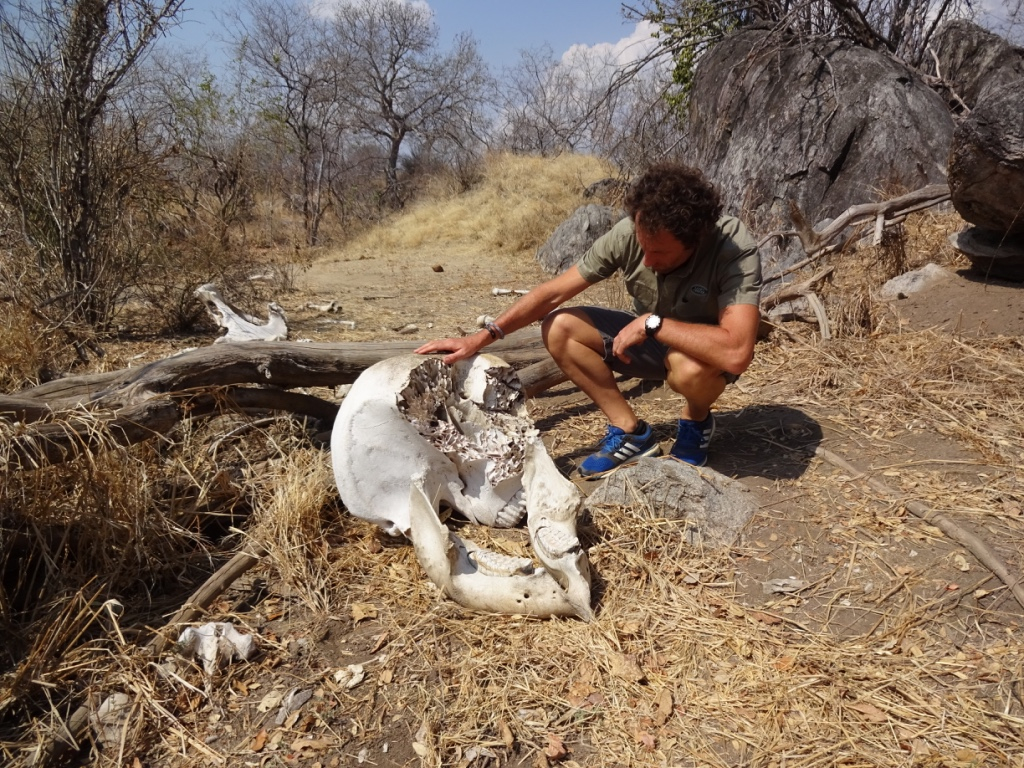
Aaron Nicholas, WCS program director in the Ruaha-Kativi landscape, investigates the skull of a poached elephant (credit: WCS Ruaha-Katavi Landscape Program)
Aaron, we’ve heard a lot of disturbing reports coming out of Tanzania. What is the future looking like for the country’s elephants, and in particular for those you’re focused on in Ruaha?
These are challenging times for Tanzania’s elephants for sure. The world has heard about the dramatic declines in elephant numbers in key elephant habitat such as the Selous Game Reserve and more recently the Ruaha-Rungwa landscape – the Selous population for example plummeted from around 35,000 in 2009 to around 13,000 by 2014, a staggering 66% loss, and although there is evidence to suggest the population is stabilizing there, poaching pressure continues to shift and the overall situation in Tanzania remains critical with the total elephant population presently standing at around 50,000, down from 109,000 in 2009.
It’s not all negatives. Landscapes in the north, where tourism is some ten times more buoyant than in the south have faired better and there is actually evidence of continued elephant population growth in places like the Serengeti and Tarangire. In the south however, elephants are still facing significant poaching pressure and this is where we are focusing our support to government and local communities.
What is WCS doing to try and combat the problem, and are you seeing results?
WCS has a long-standing presence and relationship with government here, having been present in Tanzania for the best part of 50 years. We have 5 well-established programs in Tanzania ranging from marine and coastal forest management to highland forest protection as well as Africa’s second longest running elephant monitoring program centered on Tarangire National Park.
Over the last 10 years or so we have focused in our area especially on building community engagement in wildlife conservation through the Wildlife Management Area approach- Tanzania’s take on Campfire, which is aimed at empowering communities to manage their wildlife and natural resources sustainably. In 2013 we made a commitment to partner with government to strengthen law enforcement efforts linked to elephant protection- this was the genesis of the Ruaha-Katavi Landscape Program, focused on East Africa’s largest remaining elephant population within this 115,000km2 landscape (almost twice the size of Tasmania).
We work with different wildlife authorities, establishing and strengthening capacities that have an immediate impact on poaching – for example, we have established a detection dog unit based in Ruaha National Park (they are just going operational now and will sniff out illegal cashes of ivory, arms and ammunition); trained more than 200 park rangers in law enforcement monitoring using a system called SMART and are deploying a specially equipped Cessna 206 in support of monitoring and coordination of field efforts. We support community wildlife scouts and are also planning advanced training for rangers and wildlife officers and working with other partners, especially the U.S. Government, to tackle the poachers head on.
There are signs that poaching is reducing in some key areas, but we will only be able to confirm this with certainty as these efforts continue to be embedded and our monitoring programs feed back results. Government is also stepping up, more rangers are being posted and just last week news came out that a special national anti-poaching unit will be constituted. We are starting to read about significant sentences being passed for ivory traffickers too with a number of individuals having been sentenced to 20 years of late for their involvement in the ivory trade. Above all, there are high expectations that President Magufuli will deliver on his anti corruption agenda within the wildlife sector as well.
What does a day’s work typically look like for you? (Many of my readers are aspiring conservationists and you are living their ‘dream job’!)
It’s mainly about coordination- ensuring that the 20 or so staff we have are able to deliver on their various roles, working with communities, wildlife authorities and other partners to strengthen capacities, engagement and commitment and ensuring that each of our teams efforts have as much multiplier effect as possible.
We have staff who engage with 46 or so communities within 4 Wildlife Management Areas, building the capacity of management authorities and helping establish effective governance and opportunities to derive natural resource based investment and benefits. Other staff liaise with national park, game reserve and Wildlife Management Area rangers as well as other law enforcement authorities- for example to ensure the detection dog unit can be effectively deployed. We also have ecologists who track wildlife trends, support wild dog and vulture monitoring and other important survey work. It’s an interesting and varied mixed bag!
I personally spend a lot of time coordinating our work with various partners and other agencies including USAID and the U.S. Embassy in particular who channel various forms of assistance to the field based on the various U.S. commitments to combatting wildlife trafficking. When I can I get into the field to maintain a sense of where we are with our efforts and once our Cessna 206 arrives I will take advantage of that key tool to get airborne regularly as well to visit all parts of this huge area. Being around elephants on the ground keeps you grounded too and there’s nothing I like more than grabbing a few hours sitting under a baobab and being awed by some pachyderm presence!
Can you tell us about any stories from the field that you’ve personally experienced that could give us a sense of what it’s like there on the ground?
I’ve had my fair share of close calls with poachers over the years and I’m pleased in many ways to be one step removed these days. To do this job though under these circumstances, it’s critical to have the experience of having been at the sharp end of things- rangers are the bedrock of protection activities and their daily commitment to this dangerous work can never be taken for granted.
Field conditions in our landscape can be very challenging in the wet season in particular, especially in the game reserves where sufficient resources to maintain an effective patrol presence are often lacking. We recently helped rangers in Rungwa game reserve re-establish year round presence in a strategically placed ranger post that has been abandoned for more than 10 years through the provision of transport and other essential field equipment and are also working with the U.S. Government to re-establish an effective radio system – these are the kind of practical actions that patrol teams need.
Having worked in conservation other countries like Namibia and Cameroon, you have a good perspective on the future of wildlife in Africa. How do you feel about this, given the Africa’s population is predicted to double by 205, and soar to over 11 billion by 2100. What gives you hope?
Population growth is certainly the biggest long-term challenge and we should certainly all be promoting family planning that’s for sure!
I take heart in that our landscape has relatively low population densities in many areas and issues of habitat connectivity for species such as elephants are certainly aspects that we can still achieve a great deal with. We are currently engaged in a process of working with key stakeholders to define and manage what would be East Africa’s most significant elephant corridor, connecting core elephant populations in the east and west of our landscape- these are the kind of initiatives that deserve as much effort as possible against the backdrop of increasing human populations and land-use change.
We hear a lot about the Serengeti and how amazing it is a tourist destination, famed for its migration of plains species. I personally have always wanted to go there and will be taking a group of travellers there with me in August 2017. Tell us a little about this part of the world.
An iconic globally recognized landscape that is guaranteed to connect you to Africa and its wildlife. Loose yourself in the endless horizons, soak up the wildlife dramas all around and remind yourself of the importance of thinking big to achieve meaningful conservation!
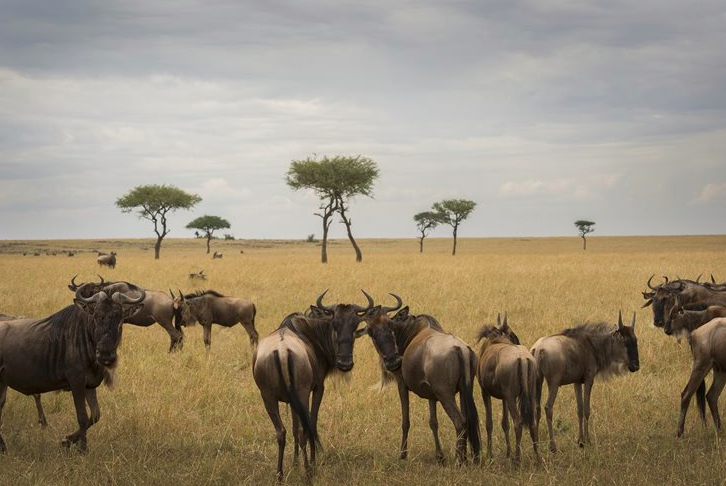
The famous Serengeti in Tanzania (credit: Asilia Africa) – get in touch with me now to sign up to join me there in August 2017!
Rwanda & Tanzania Journeys with Tammie August 2017
Ever dreamed of getting up close to endangered Mountain Gorillas? This has always been on my ‘wish list’ to do one day, ever since I read Dian Fossey‘s ‘Gorillas In The Mist’. Such close relatives to us, I really can’t imagine what it will be like to be eye to eye with wild gorillas, but I imagine it will feel a lot like meeting a long lost family member!
I’ve also always wanted to see the Great Migration in the Serengeti, and the famous Ngorogoro Crater, focusing on the time of year when the wildebeest herds are crossing the croc-infested rivers. It must feel like you’re in the cradle of humankind when you experience animals in the kind of numbers that the Serengeti is known for. I can’t imagine the wow factor when you’ve got all those animals around you and it’s not a David Attenborough documentary!
As always with my personally-led safaris, I’ve chosen the camps and safari operators to maximise our positive impacts, which means that your safari is as good as a donation to charity. Responsible tourism is all about supporting local communities, because this is what keeps poaching at bay. You will pay more on one of my safaris, but that’s because we are giving back directly to local communities and wildlife. Your contribution goes right to the ground where it’s needed most, supporting local economies based on wildlife. I’ll be with you sharing zoological and conservation insights, along with our local guides, and we can expect the very best standards from the operators I work with. You also get the added benefit of having experts in wildlife conservation come and talk to us about their work in the areas I take my groups, something I arrange personally.
In August 2017, I’m offering two amazing journeys back to back, first to Rwanda to see the Mountain Gorillas and then to Tanzania for Ngorogoro and the Serengeti. You can do either one, or both, with me, and if you like you can add on an additional few days at Mount Kilimanjaro, exploring the foothills of this magnificent part of the Great Rift Valley. This is a dream safari – both of them are actually – so get in touch with me if you’re interested at this stage as I’m taking a list. I’ll be taking deposits to secure places early next year (and hoping for an improvement in the Aussie dollar next year for my Aussie friends who want to join).
Mountain Gorilla Conservation Safari, Rwanda
“Eye to eye with gorillas… this is a journey that will touch your soul”
Dates: 7-12 August 2017
Group size: 10
Max price: US$5650 per person sharing
7 August – Arrival and transfer to Kigali Serena Hotel
8 August – Transfer to Sabinyo Silverback Lodge via a visit to the Genocide Memorial Museum.
9 & 10 August – Gorilla trekking. Overnight at Sabinyo Silverback Lodge.
11 August – Trek to see the Golden Monkeys, prior to transfer to Kigali Serena Hotel.
12 August – Transfer to Kigali Airport for flight out.
Includes 2 x official gorilla permits (US$750). Almost everything is included in the price other than your international return flight. For full itinerary and inclusions contact me here.
Why did I choose Sabinyo?
Sabinyo is Rwanda’s first ever community owned lodge. This counts for a huge amount because when local communities are owners – not just employees – they have a genuine incentive to want to conserve their natural heritage supporting the economy. This is the best kind of conservation you can get. The lodge was built by the Governors Camp Collection in collaboration with the African Wildlife Foundation and the International Gorilla Conservation Program to provide income to fund development in the local community and conserve the endangered Mountain Gorilla. Read more on the positive impact your stay at Sabinyo will have here.
Tanzania Conservation Safari
Dates: 11-17 August
(NB. for those doing the Rwandan safari too, their Tanzania safari starts on 12th and at reduced price as they don’t do the first night at Machweo, but fly direct from Kigali to Ngorogoro)
Maximum Price: US$6850 per person sharing
11 August: Collection from Kilimanjaro Airport and transfer to Machweo Wellness Retreat for overnight stay
12 August: Collection from Machweo and drop off at Arusha Airport for your flight to The Highlands, Ngorogoro Crater, followed by afternoon community visit.
13 August: Full day game drive into Ngorogoro Crater. Opportunity to visit the Empakaai crater and climb the Olmoti crater. Good chance to see wildebeest, zebra, gazelles, ostrich, cheetah and flamingoes.
14 August: Transfer from The Highlands to Kimondo Camp, where we will stay for 3 nights, enjoying the spectacle of the Great Migration right on our doorstep.
17 August: Transfer to local airstrip for flight to Kilimanjaro Airport.
All internal local flights, meals and drinks, luxury accommodation and transfers are included in the price, along with park and conservation fees.
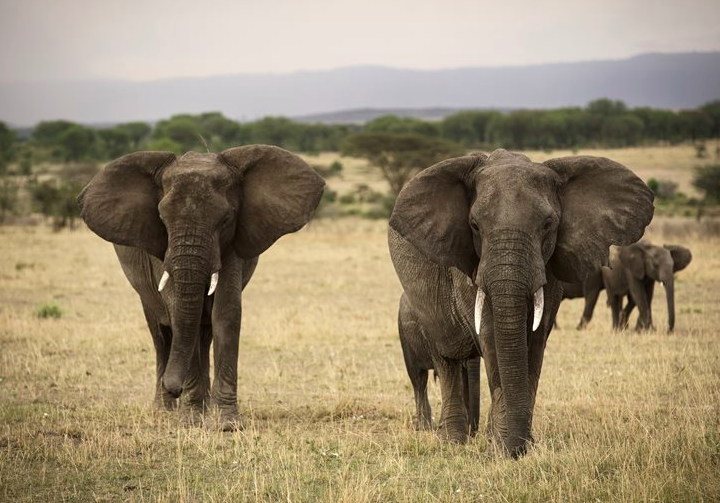
While Tanzania’s elephant population has taken a major hit in the past five years, this area provides a safe haven for them (photo: Asilia)
Optional Add On:
Dates: 17-19 August
Price: US$1600/person sharing
17 August: Fly from Kimondo Camp to Shu’mata Camp at the foothills of Mount Kilimanjaro and spend some time exploring this beautiful region. This camp is linked to the Momella Foundation. 2 night stay.
19 August: Return transfer to local airport for your flight to Kilimanjaro Airport.
Why did I choose these camps?
Firstly, they are in the best areas for us to experience a private and outstanding wildlife experience during the Great Migration. There’s nothing worse than lining up behind a dozen minivans at a cheetah kill, which is unfortunately what you get if you go to the reserves in peak season in East Africa. With my groups, I opt for exclusivity and the optimum wildlife viewing experiences, in a safe pair of hands. My ground operator for this outstanding safari is Asilia, which I know I can rely on to provide excellent service, beautiful boutique style tented accommodation and local guides with an intimate knowledge the local wildlife. On top of that, Asilia is a company known for what it gives back to local communities, which directly supports conservation. Read more about Asilia’s positive local impacts here.
Contact me to register your interest in either one (or both!) of these safaris now and I look forward to sharing this amazing adventure with you!
Limited Places Left on my 2016 Safaris (& a sneak peak at my 2017 safaris!)
I’m getting very excited about my upcoming safaris in 2016, which are set to be in some of Africa’s most spectacular wilderness areas! As always when you book with Matson & Ridley Safaris, the whole experience are specially hand-designed by me every step of the way to ensure that your hard earned dollars are spent as ethically as possible, to maximise benefits flowing back to African people and their wildlife. And of course, I choose the areas and camps I want to go to based on the best I can find in terms of wildlife experience, exclusivity, camp feeling and local culture – so you get a mind-blowing African journey that will change your life. Most groups I take are between 8 and 12 people, so you get to know people really well. Imagine yourself spending time with like minds on the savannah while watching elephants and then spinning a few yarns under the starry night sky by the campfire later – life doesn’t get much better really!
I have a few spots for my safaris left in 2016, but don’t wait to grab your spots as these have to be booked this year.
Kenya’s Maasai Mara in the green season, including a private visit to Daphne Sheldrick’s elephant orphanage
20-27 Feb 2016.
Up to 7 places left, but time is very limited to sign up for this trip as you only have until THIS FRIDAY! Check out my photos from last year’s trip. An unforgettable journey – I can’t recommend this area highly enough!
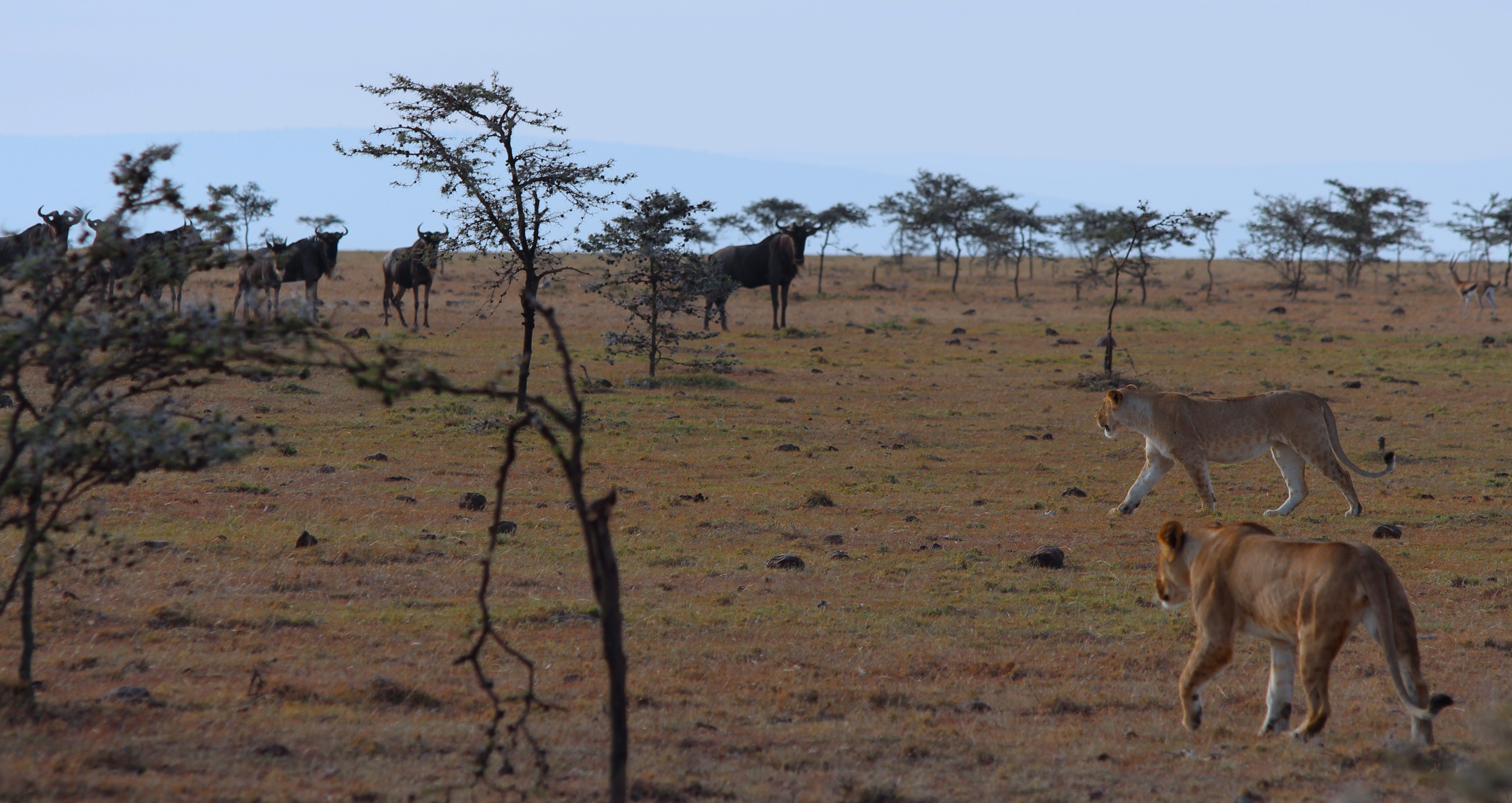
Lions thinking about chasing some wildebeest – a virtual buffet in the Maasai Mara (photo: Tammie Matson)
Namibia’s Skeleton Coast – Himbas, desert elephants & dunes!
20-27 May 2016.
Only one spot left for a single female!! Check out my photos from this year’s trip to Namibia.
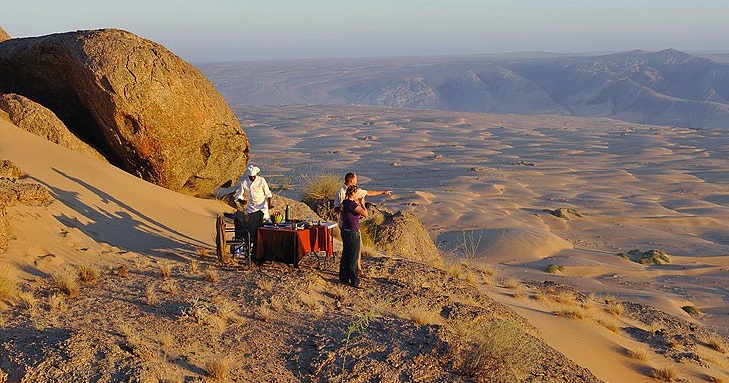
North West Namibia – one of the greatest wilderness areas left in Africa (photo: Wilderness Safaris)
Zimbabwe – Hwange, Mana Pools and Victoria Falls!
23-30 September 2016.
Only 3 spots left! This trip is different to the one I advertised previously as it focuses only on northern Zimbabwe. We are going to some of the most wildlife rich areas in Africa – an unbeatable nature experience at some of the most gorgeous camps in the country. Contact me for the itinerary.
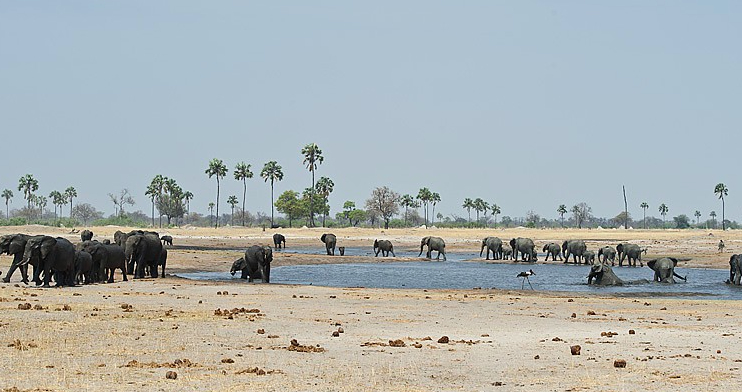
Elephants congregate in abundance in Hwange National Park, Zimbabwe – one of my favourite parks in Africa (photo: Wilderness Safaris)
My 2017 Safaris
Shortly I’ll be releasing the details of the conservation safaris I’ll be leading in 2017. I can share at this stage that there will be two back-to-back ethical safaris that you can join either one of or both during August 2017. The first, starting on 8 August 2017, will be to Rwanda to experience the incredible Mountain Gorillas up close and personal. The second starting 5 days later, is in Tanzania, exploring the great plains of East Africa’s Great Rift Valley, first at Ngorogoro Crater and then onto the world famous Serengeti, during the height of the wildebeest migration. There will be an add-on adventure at the foothills of Mount Kilimanjaro for those who are keen to continue the journey after the Serengeti! Full details of both of these adventures will be in a blog very soon, but do drop me a line if you’re keen to register your interest…

